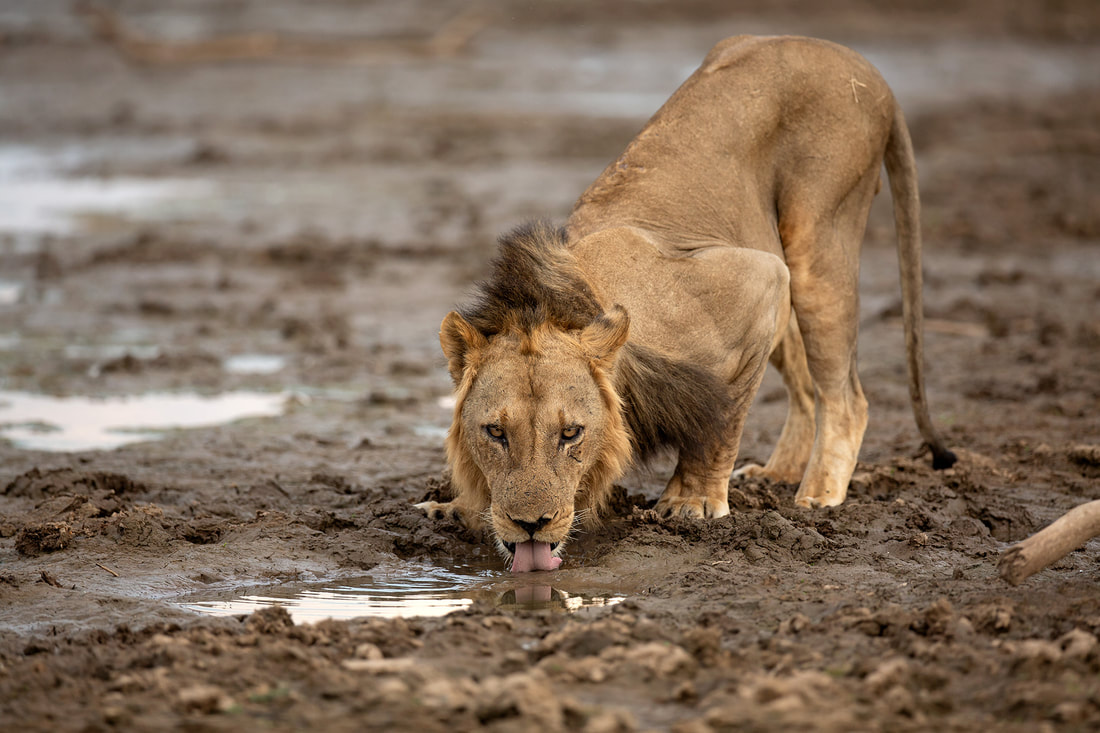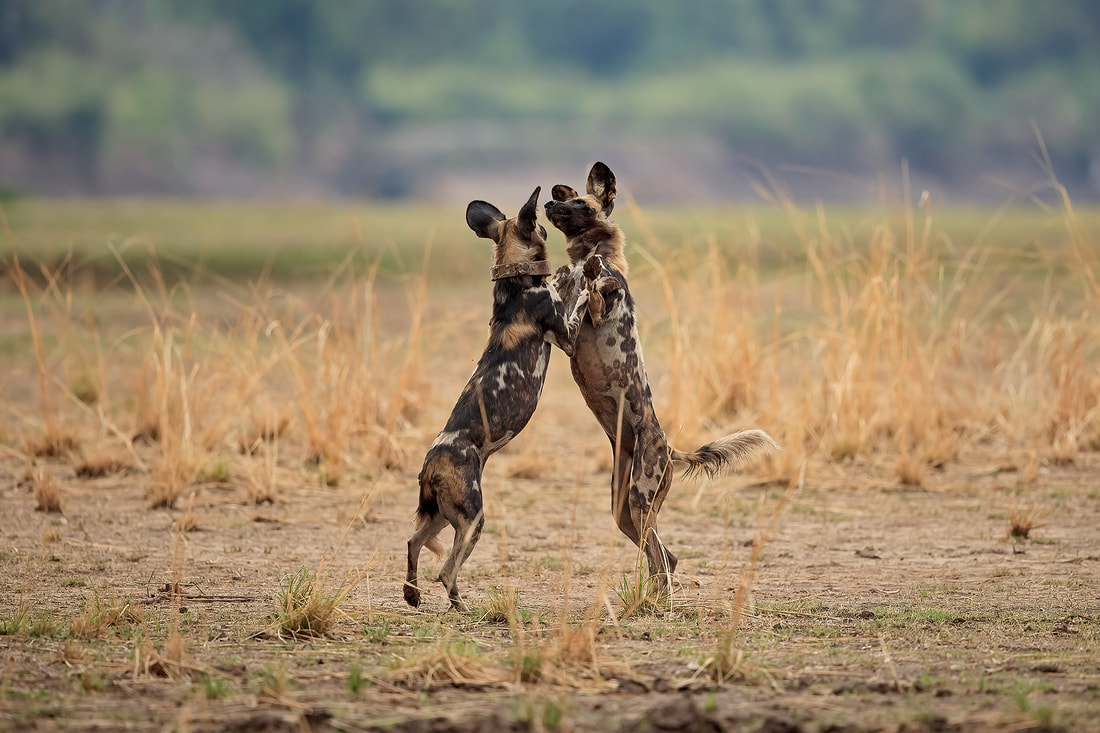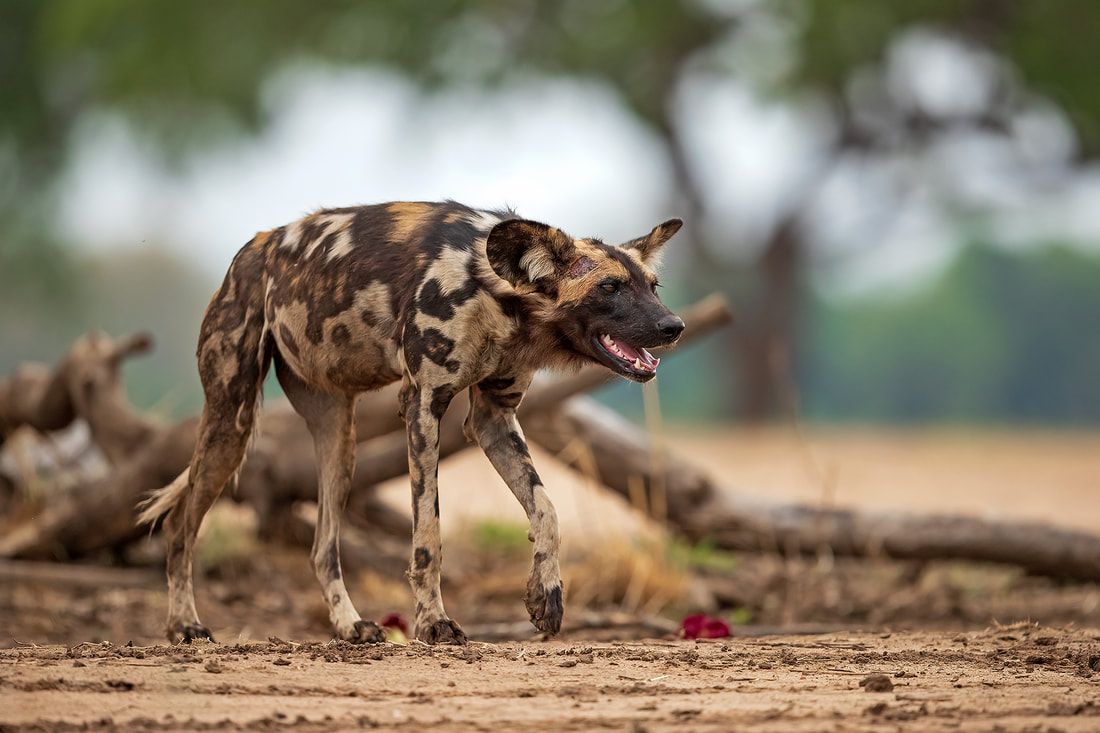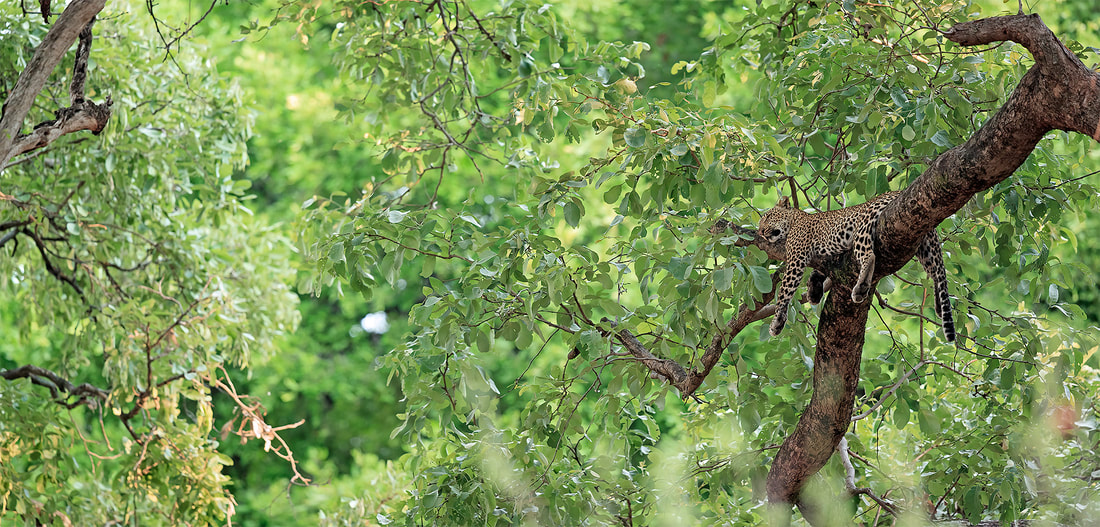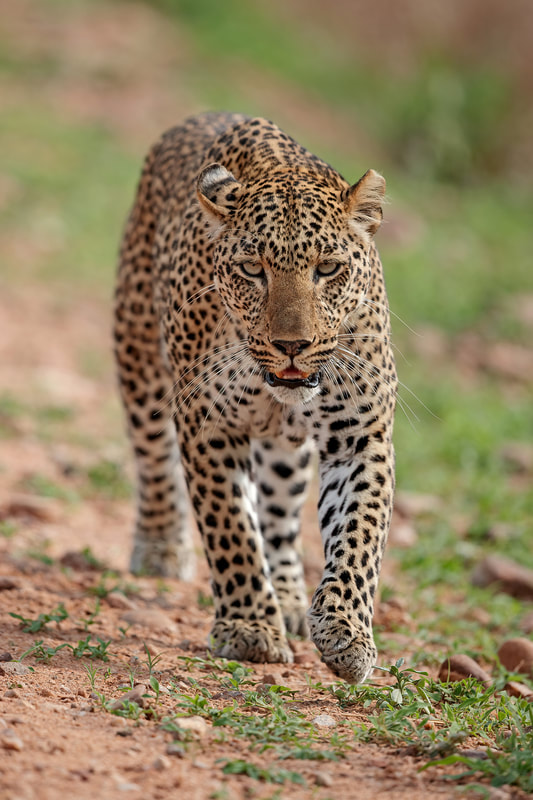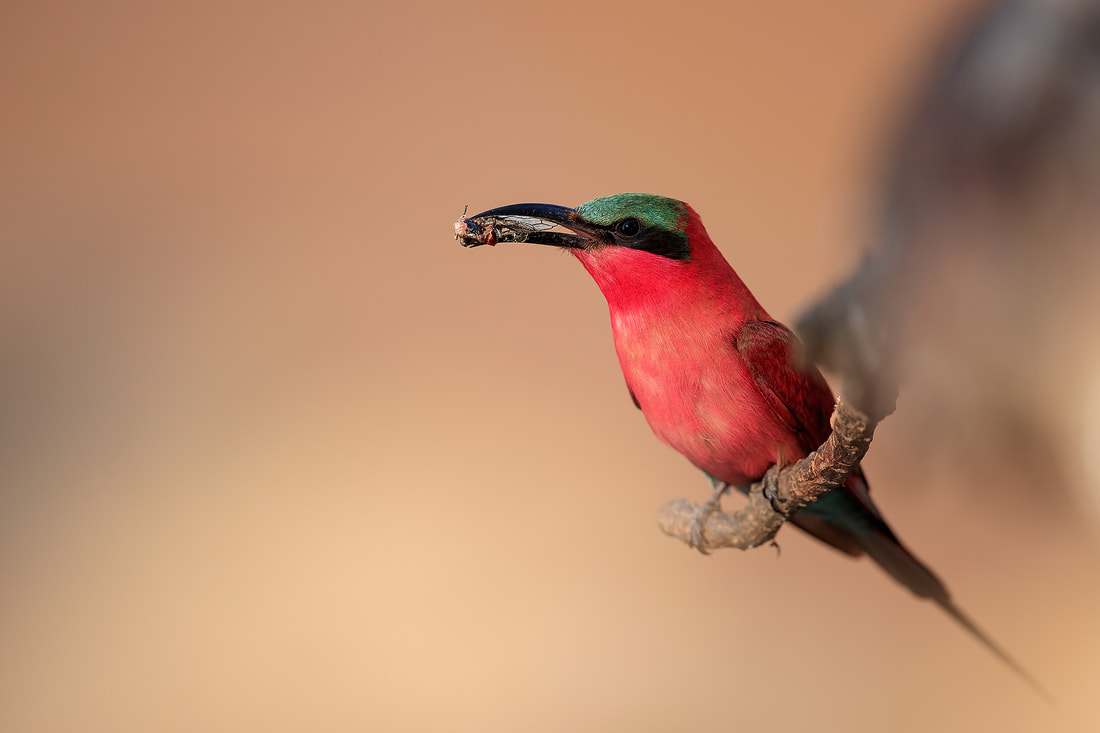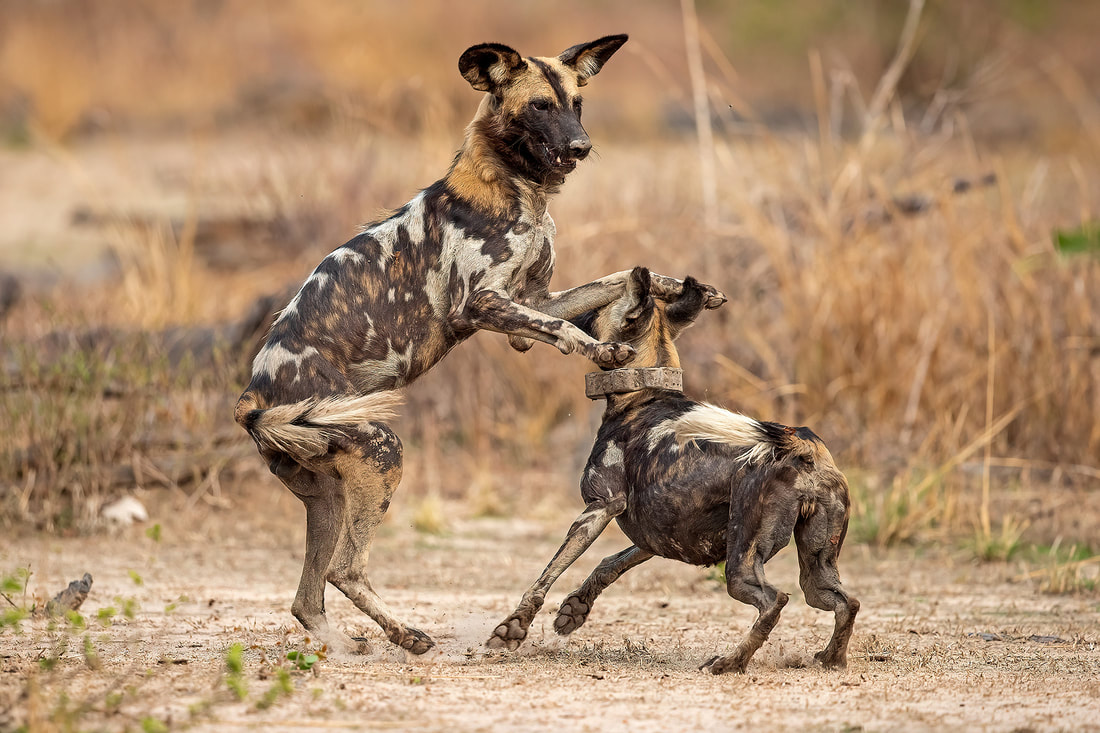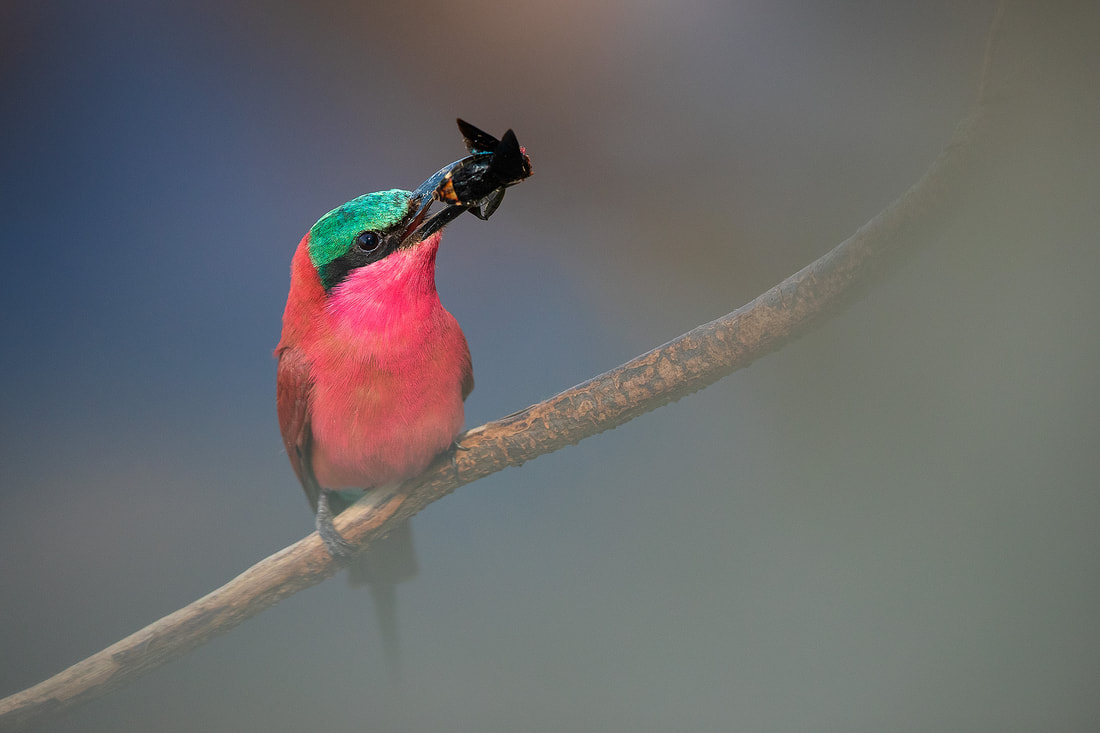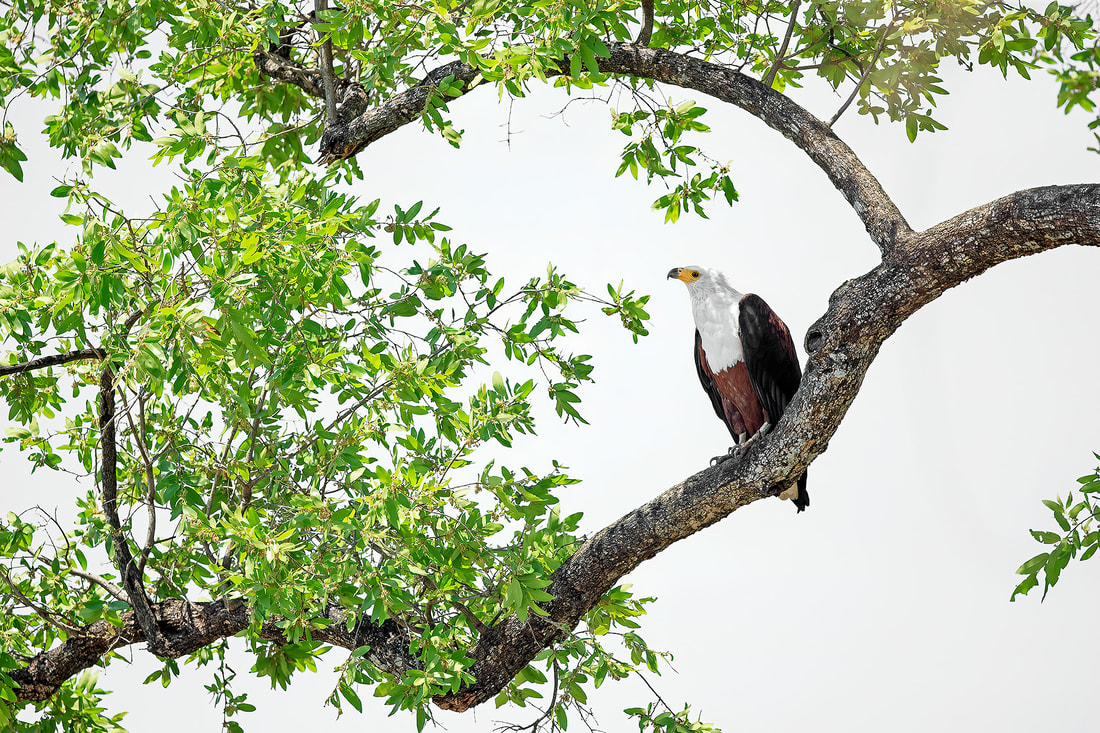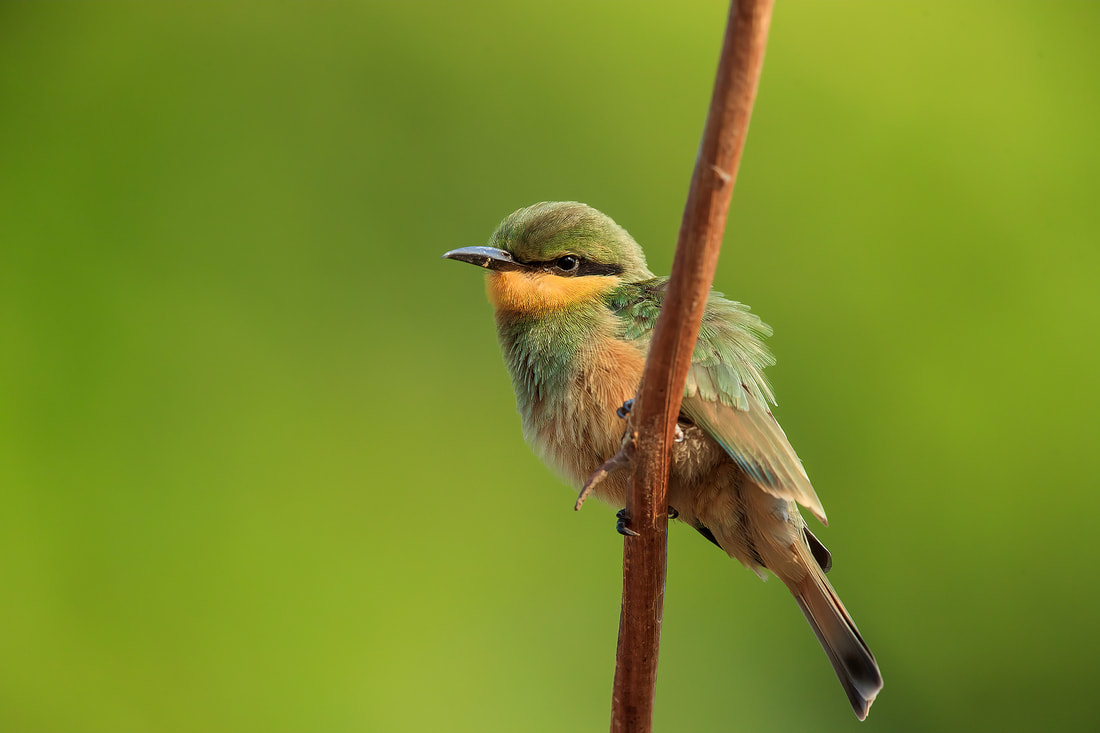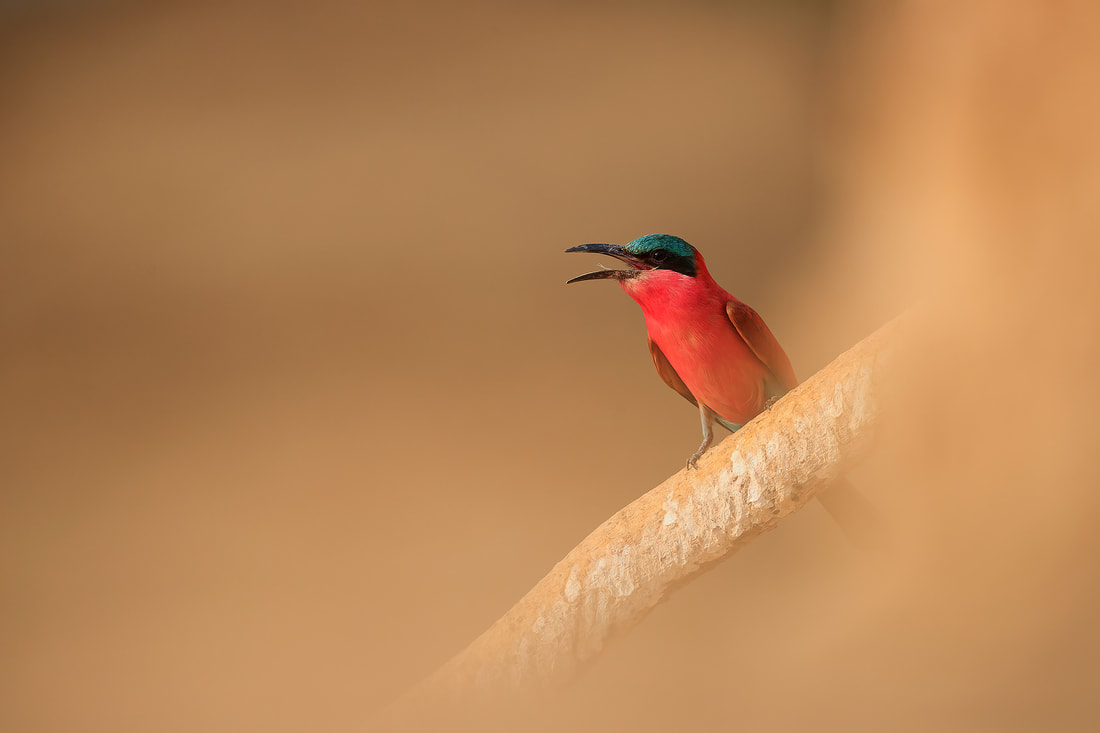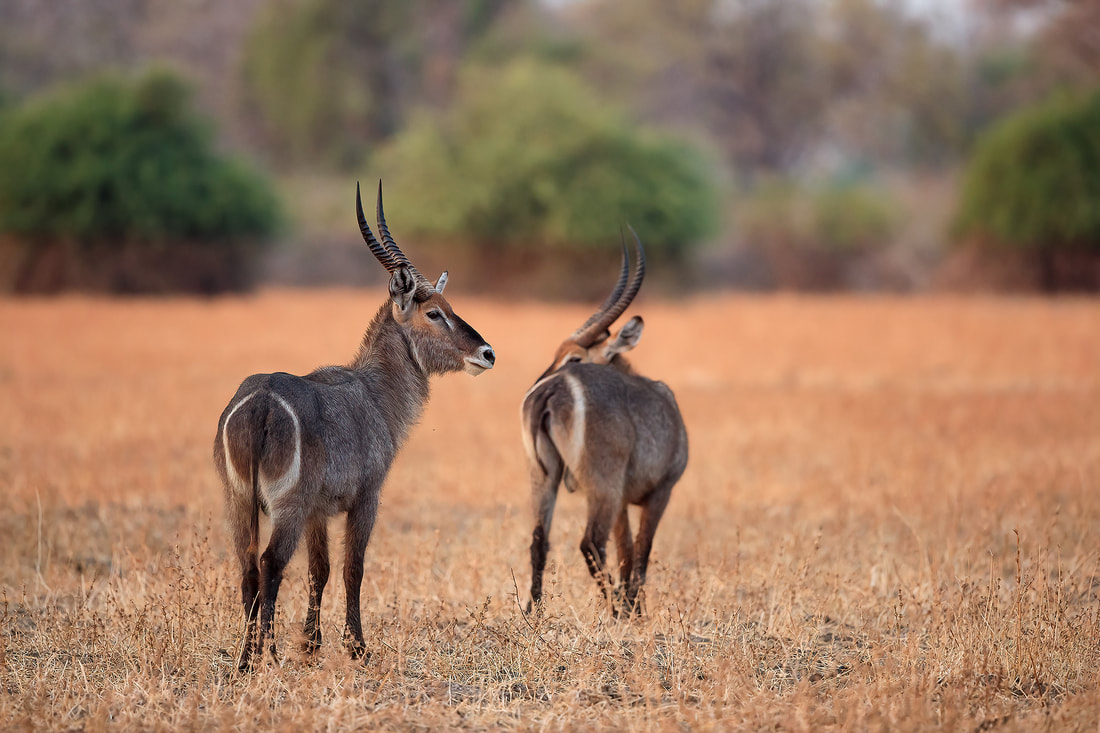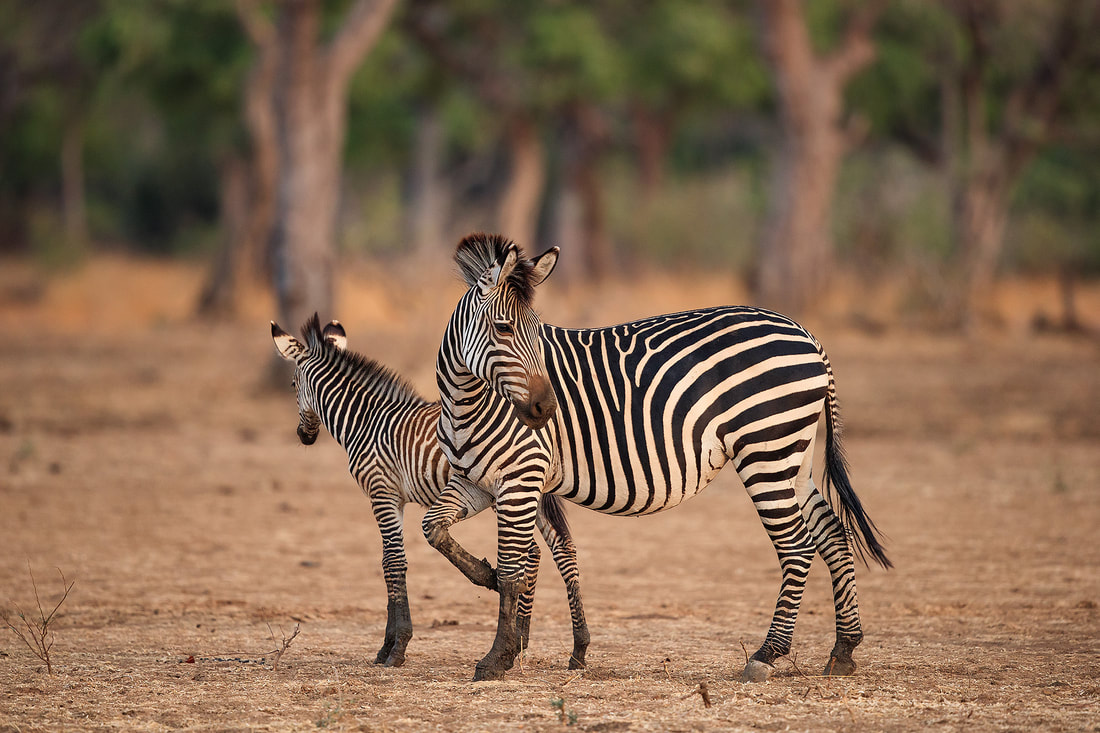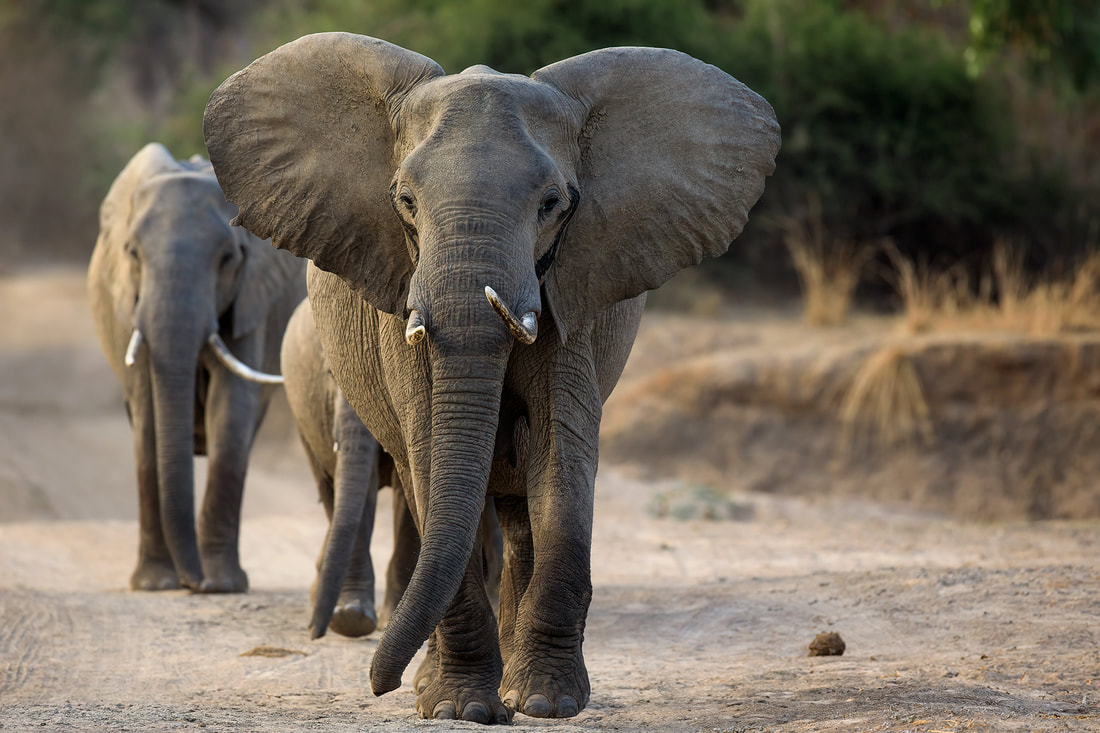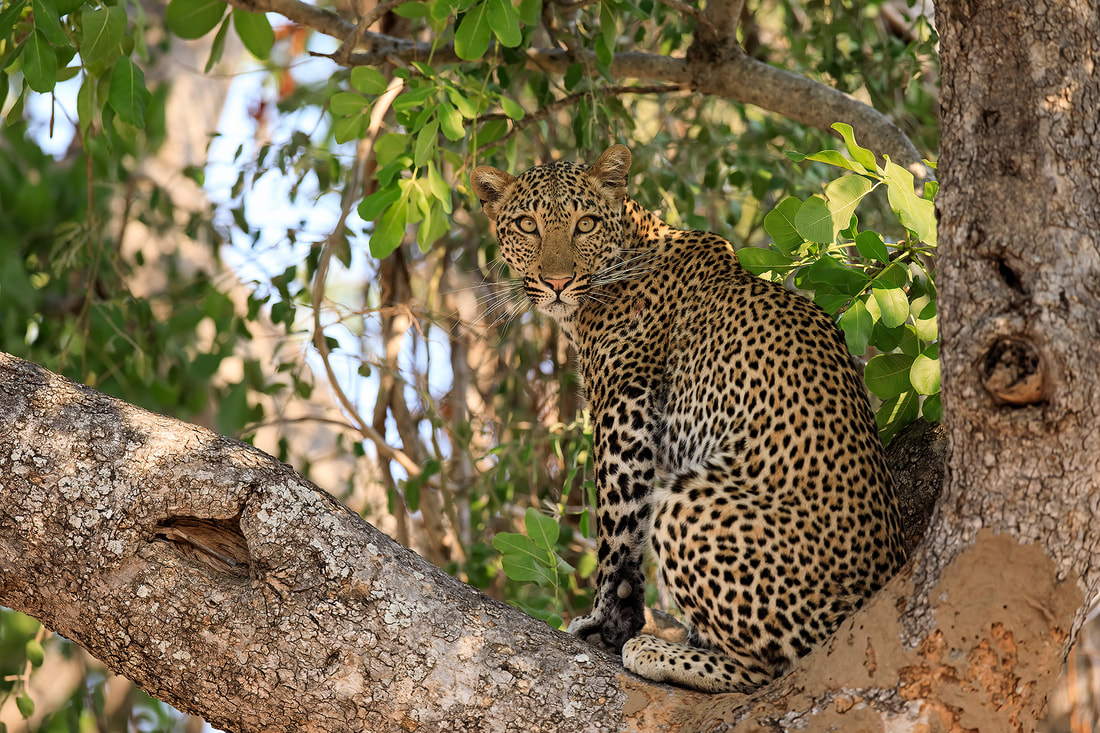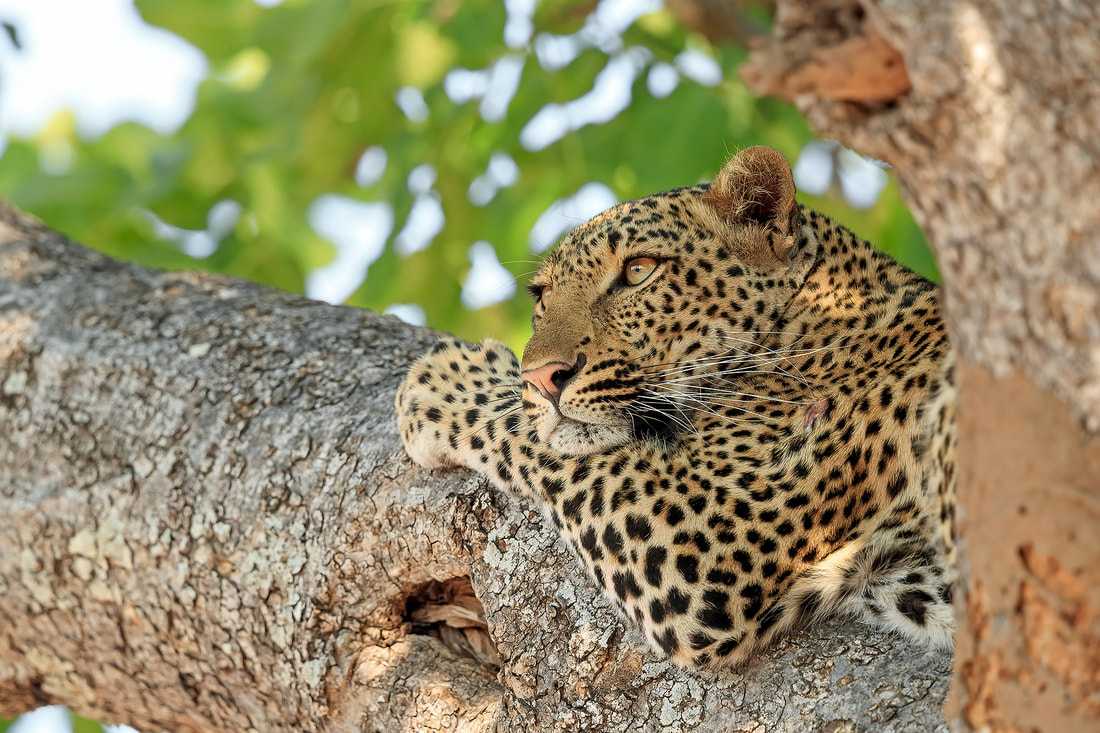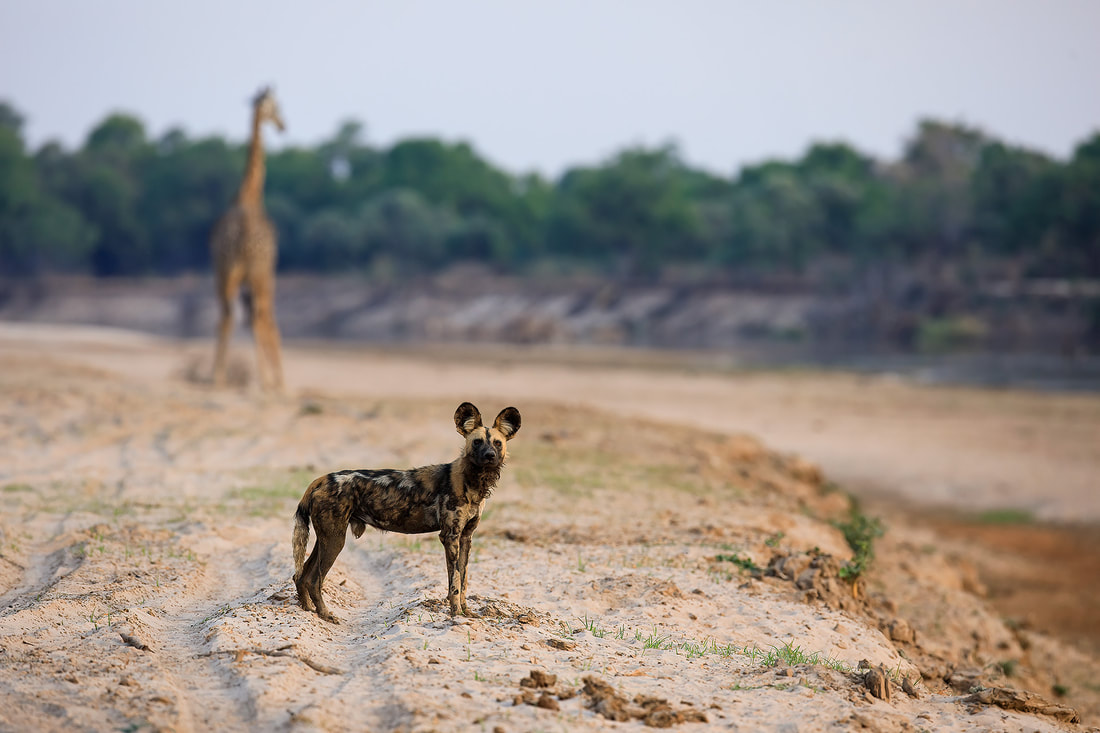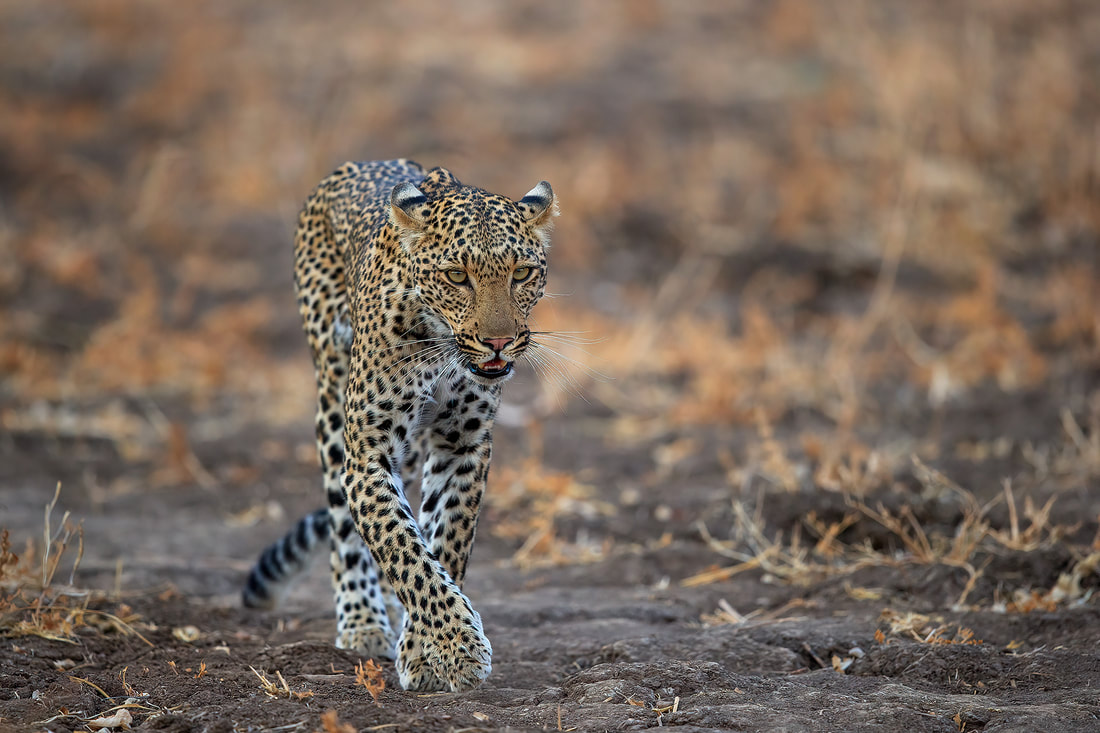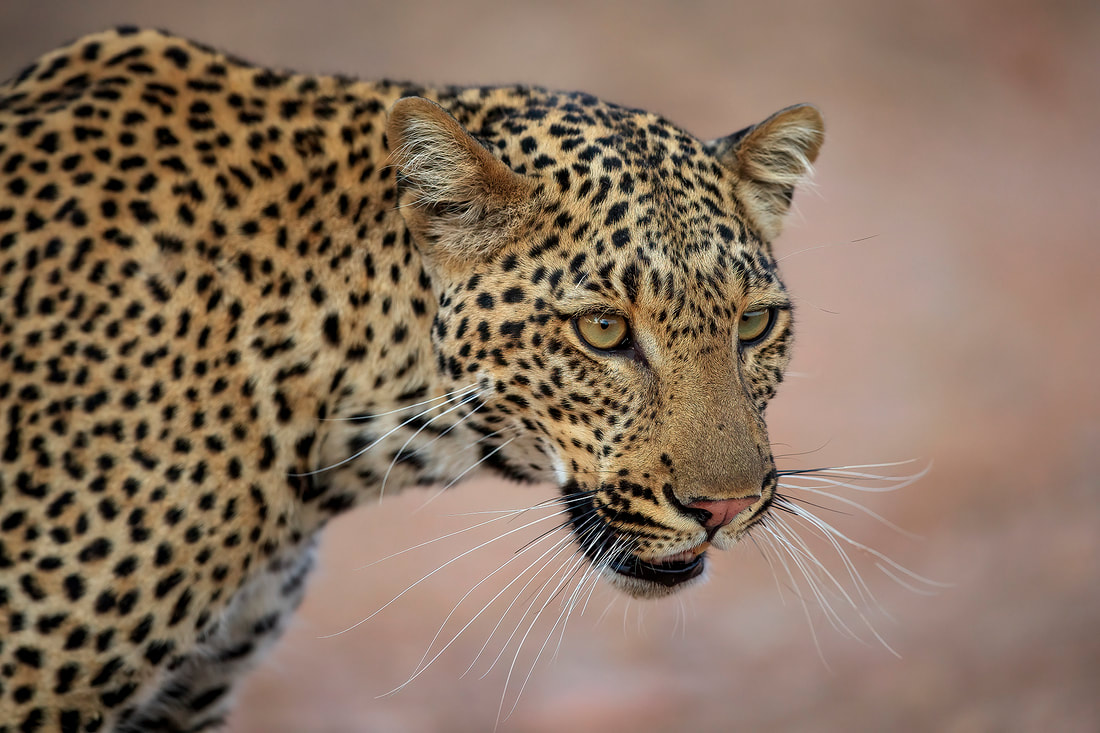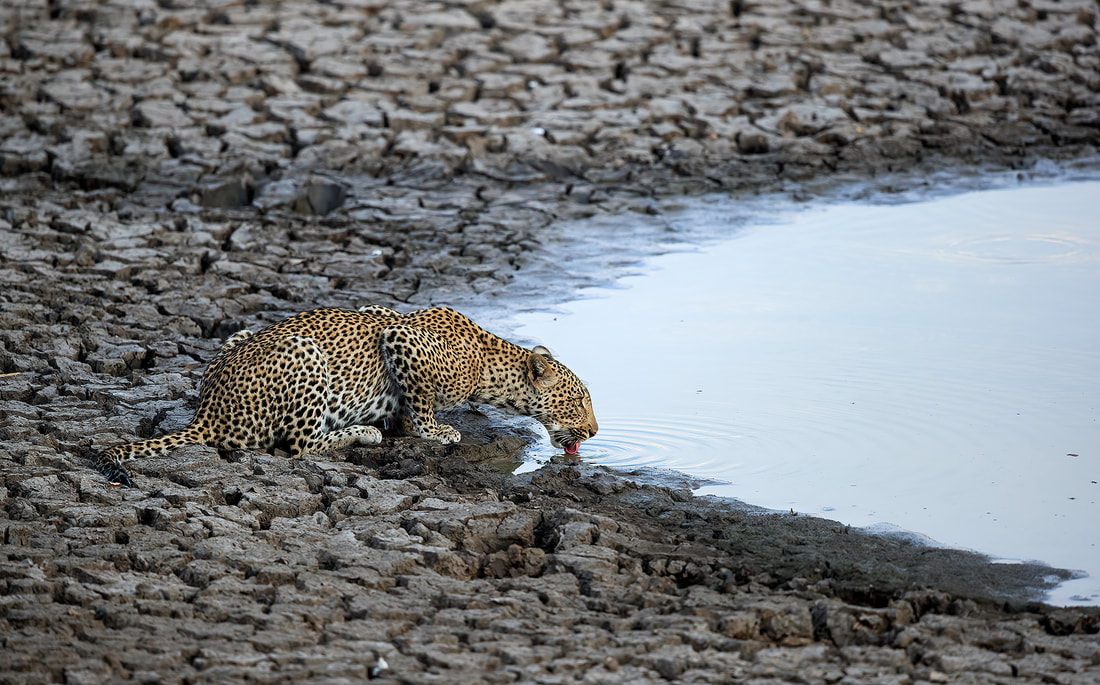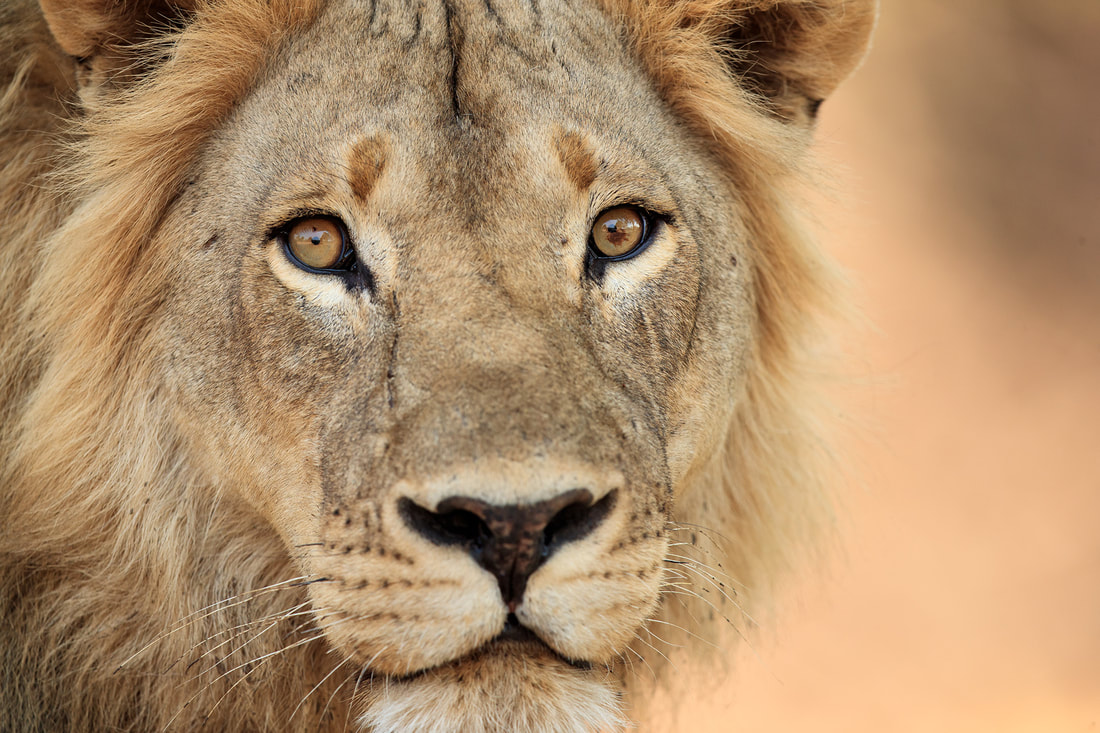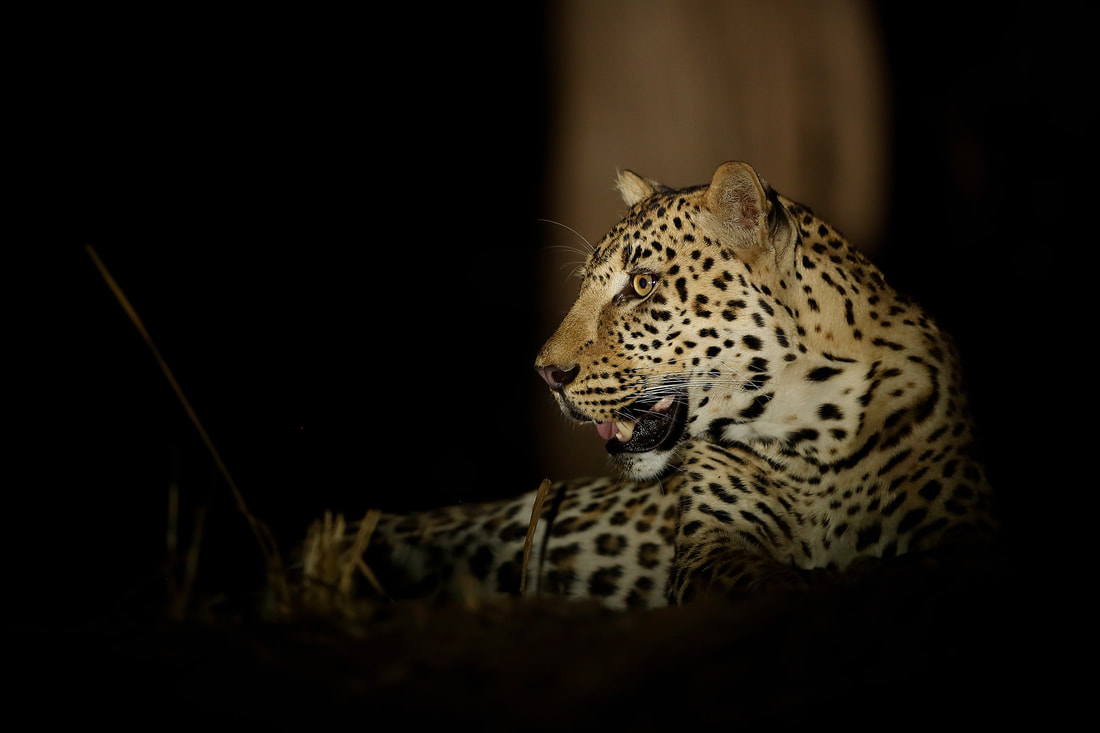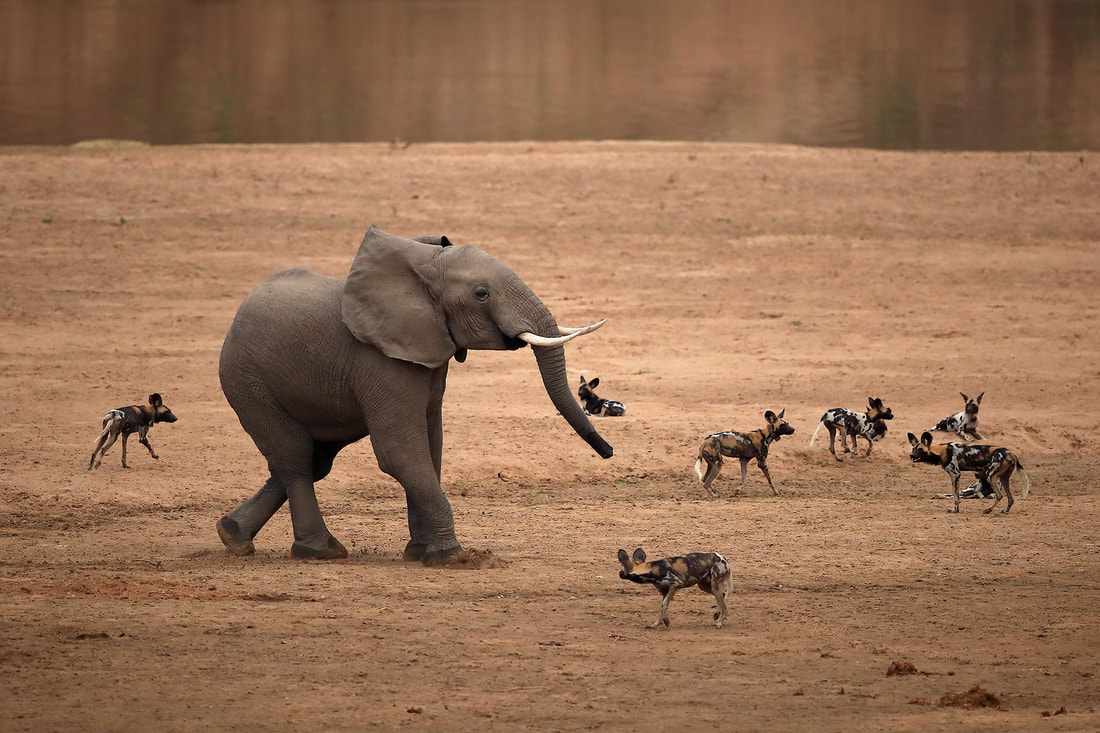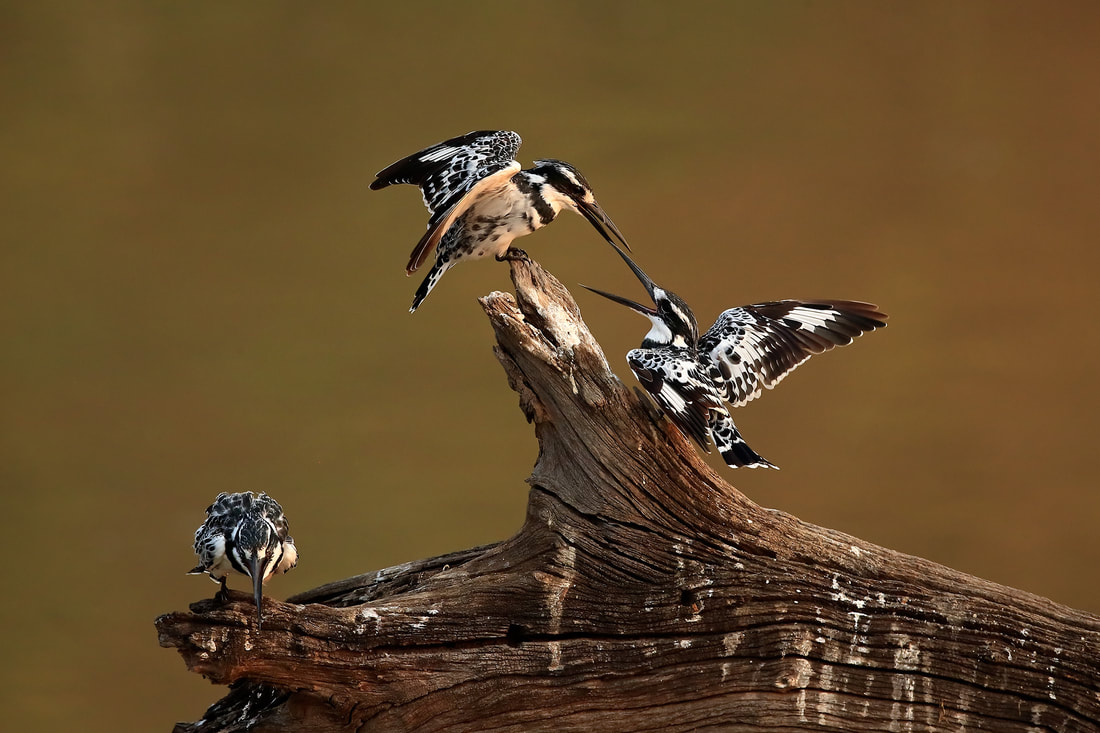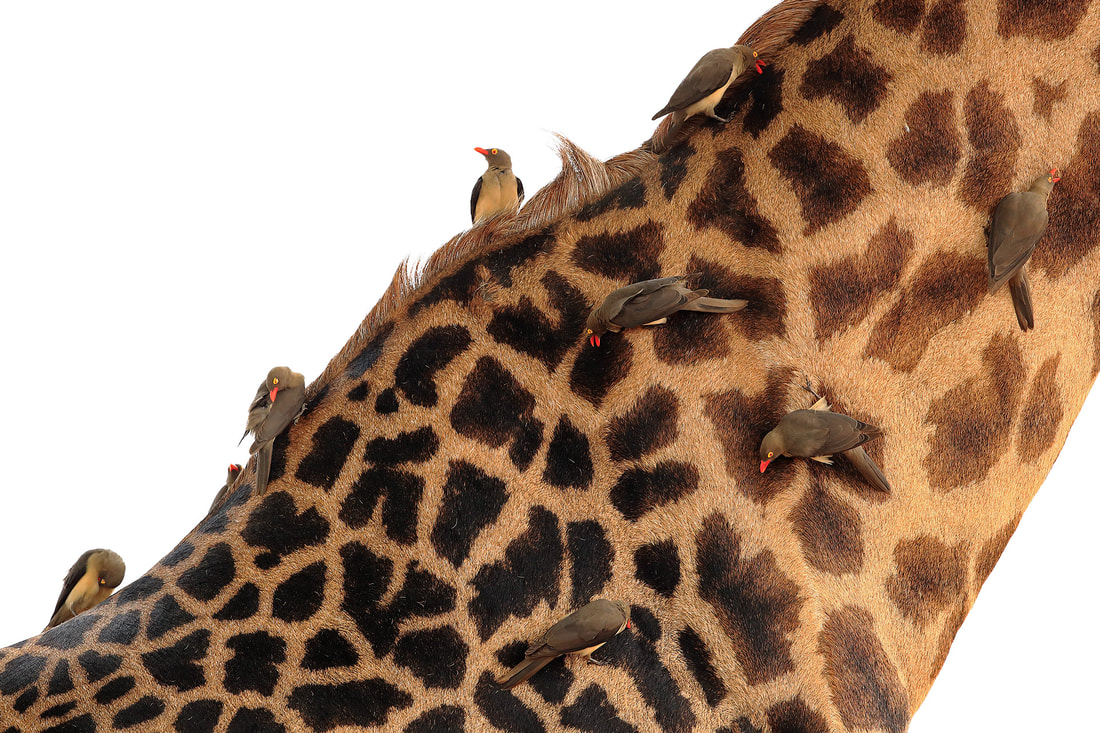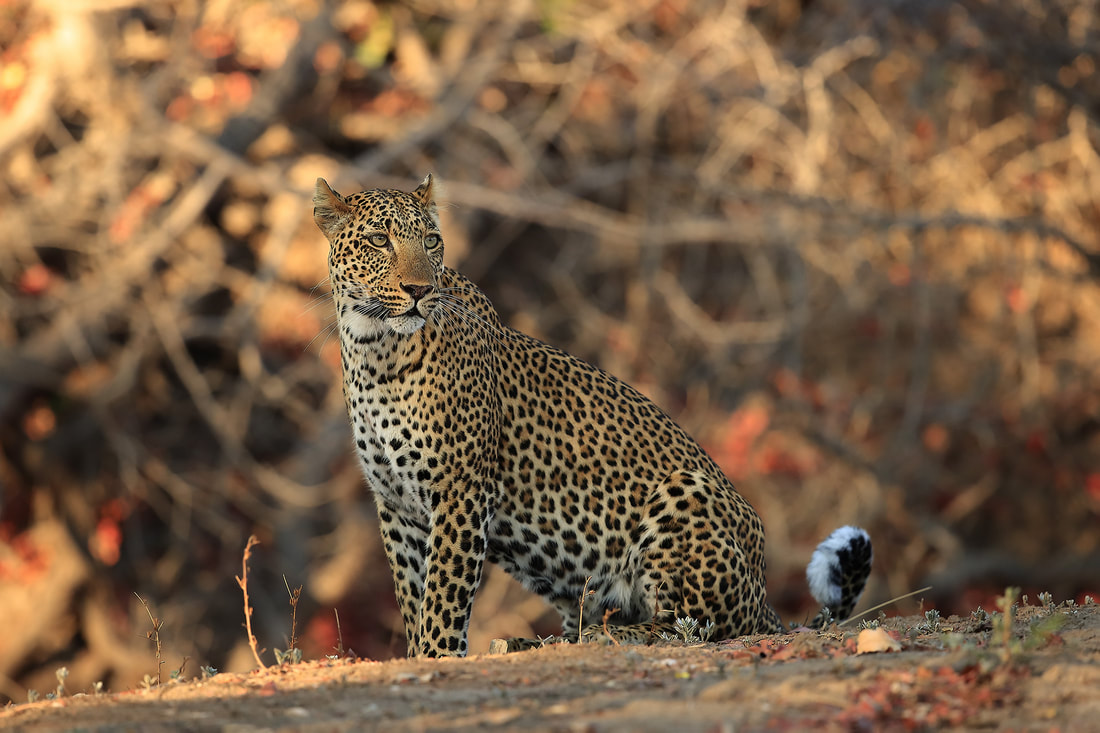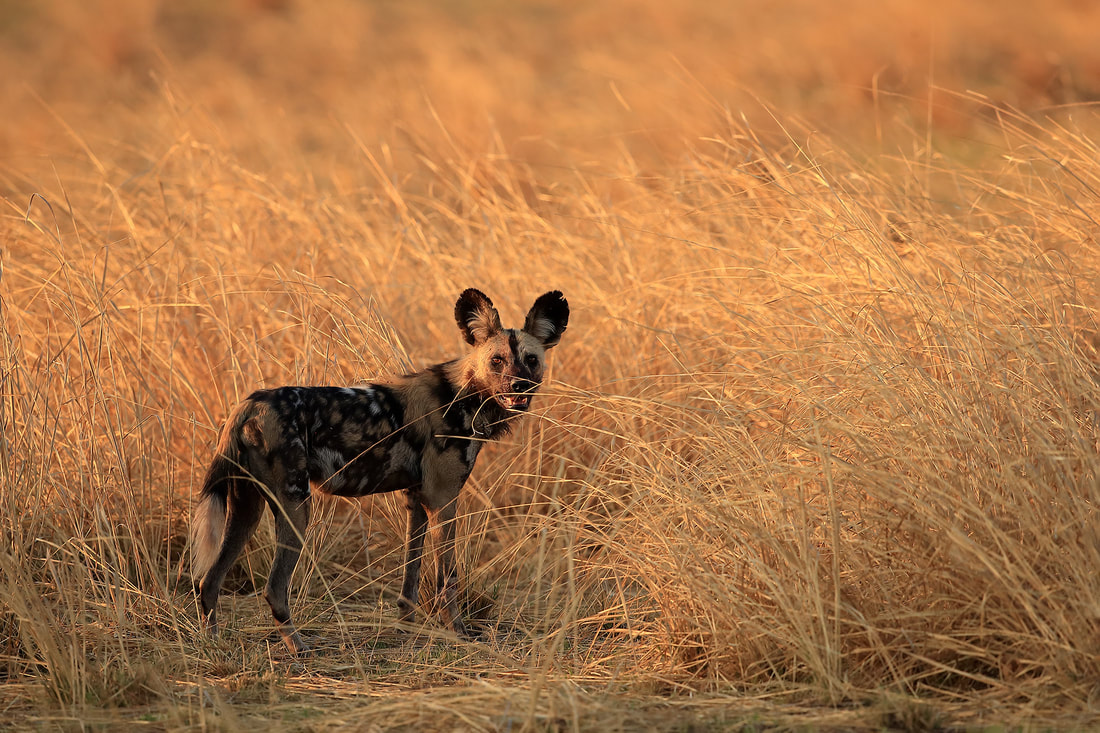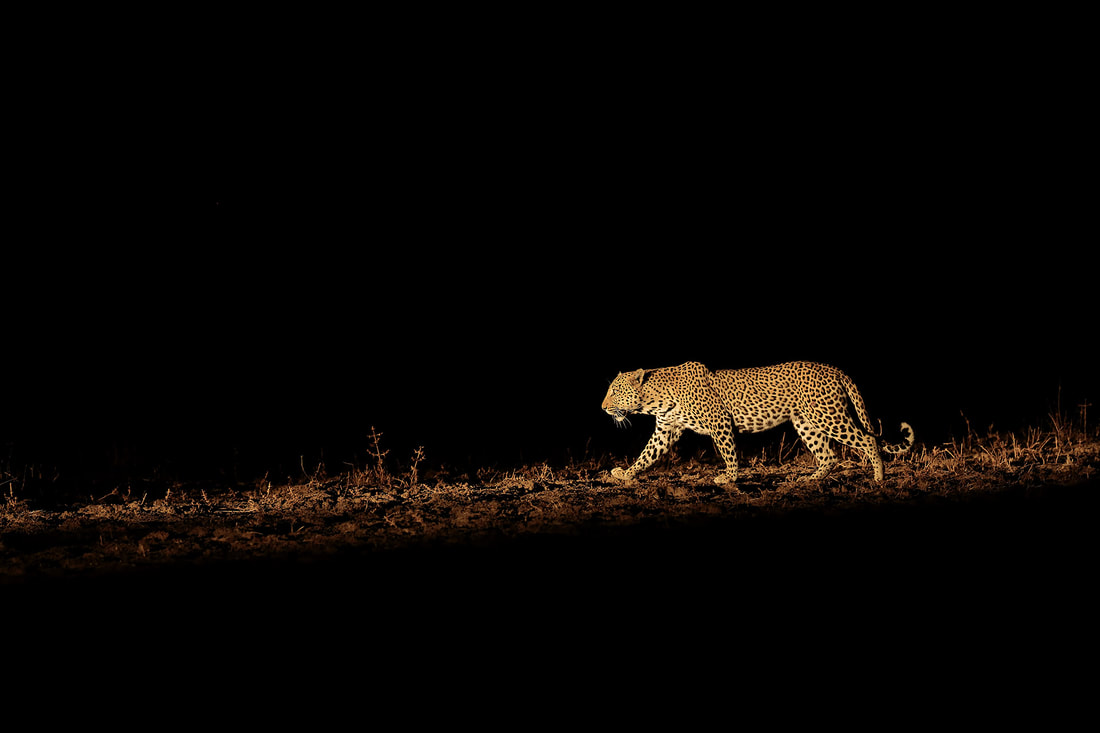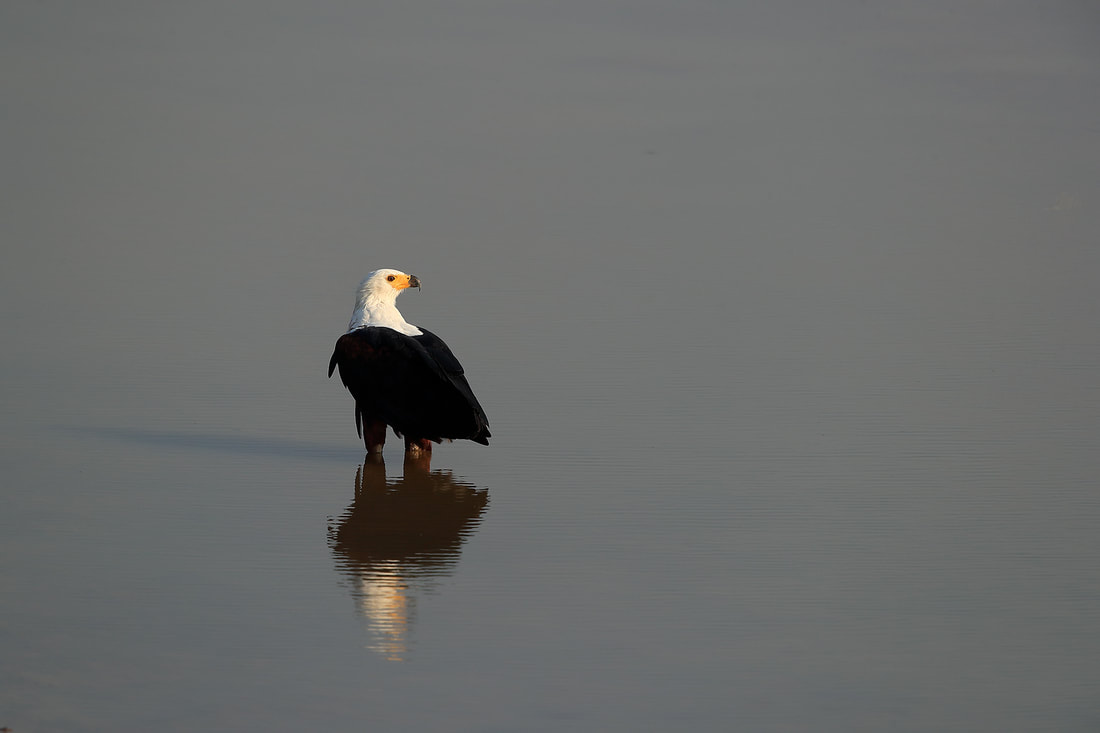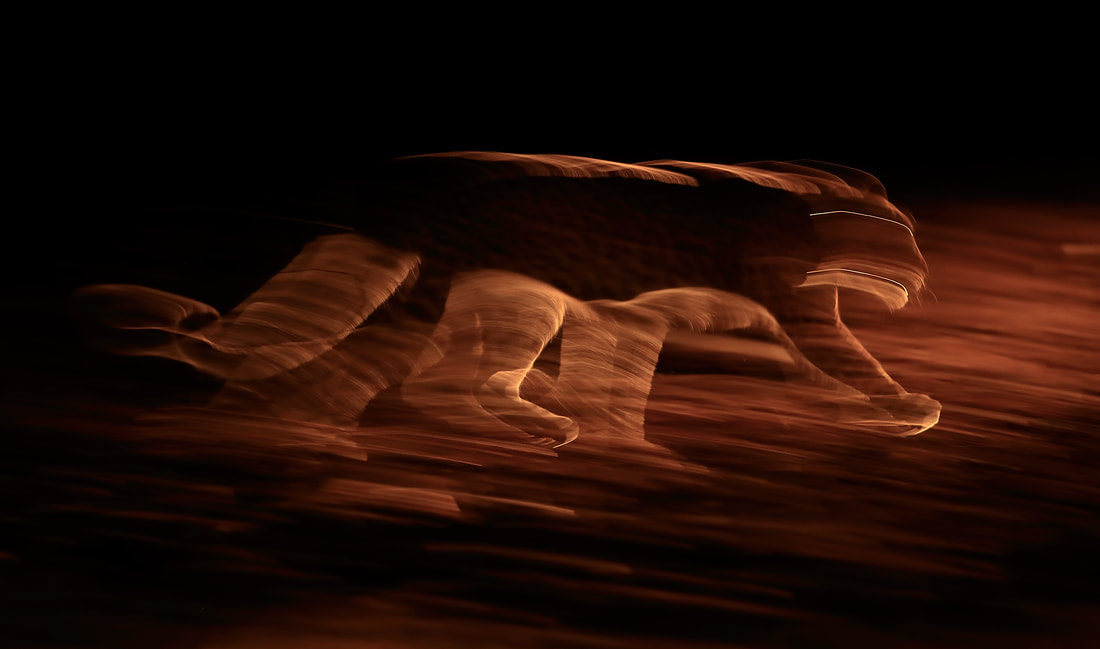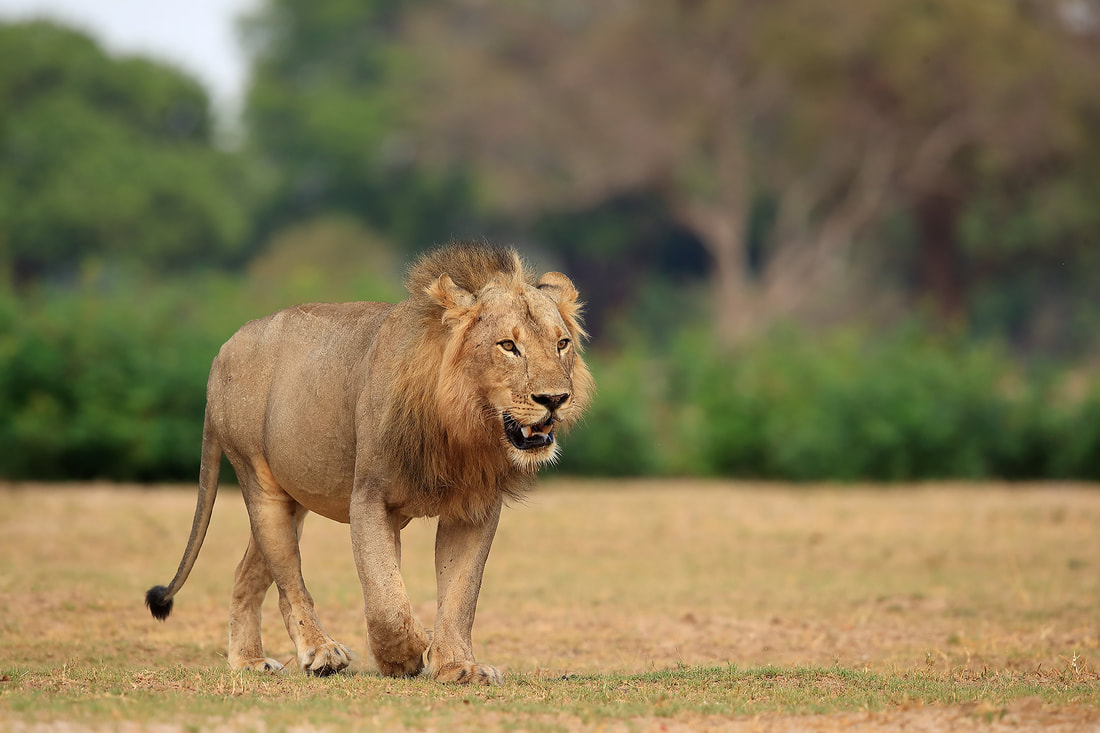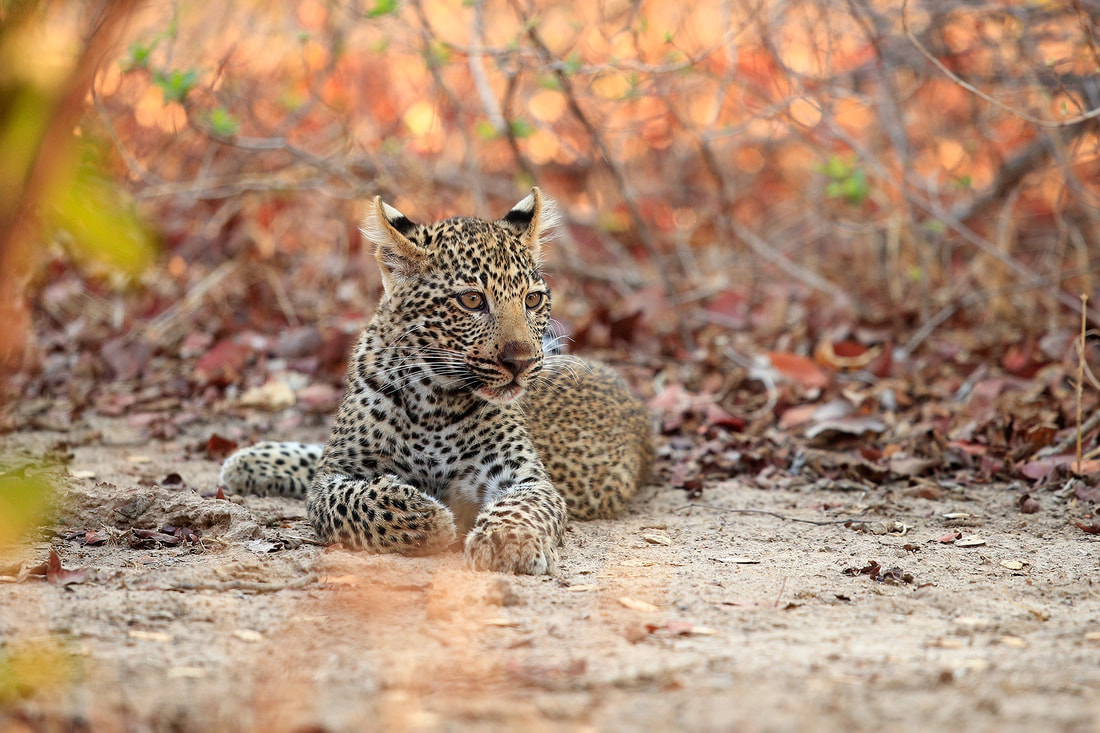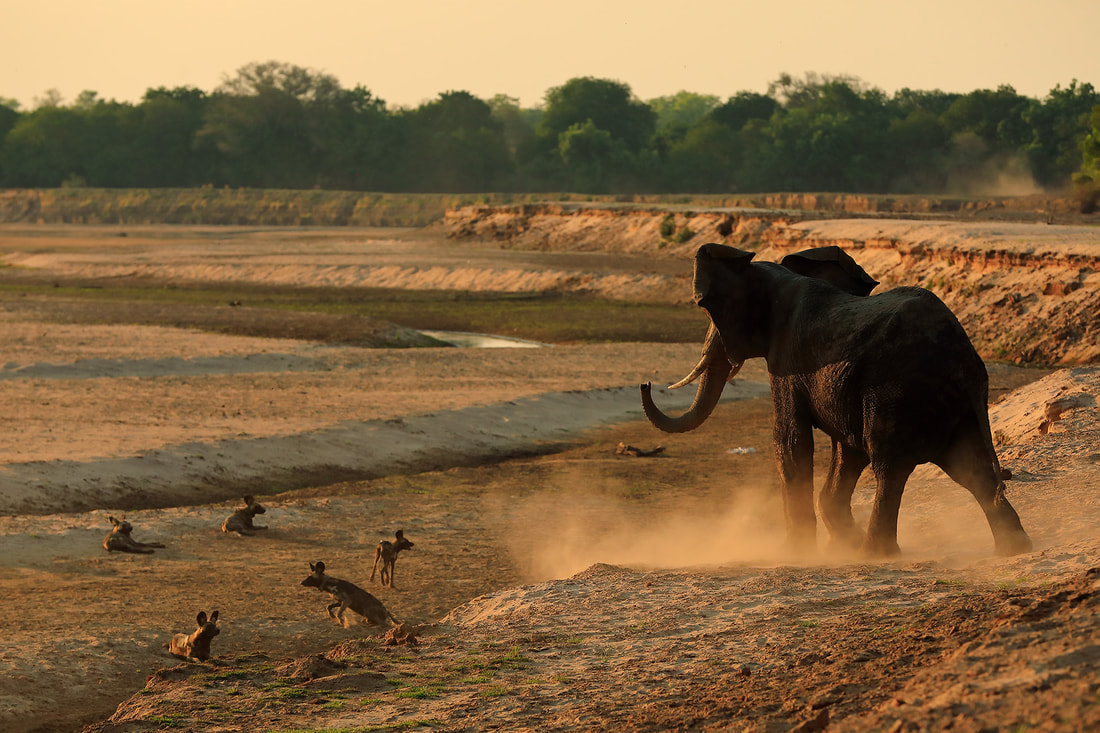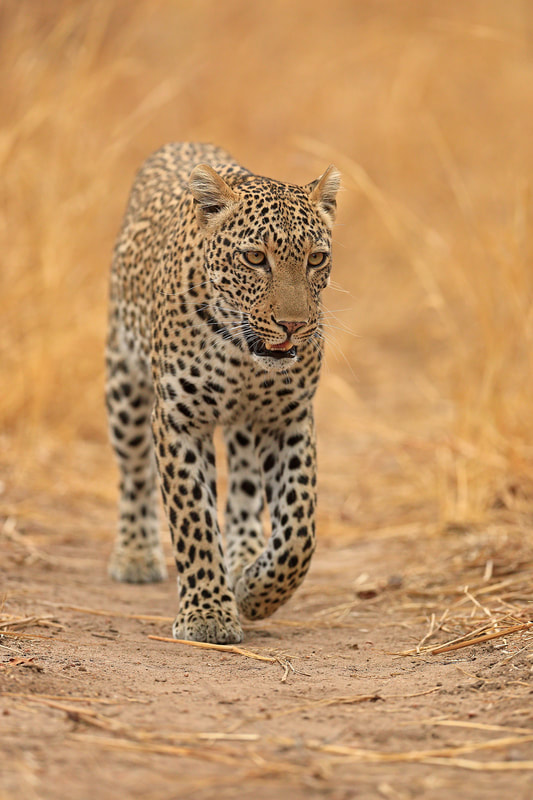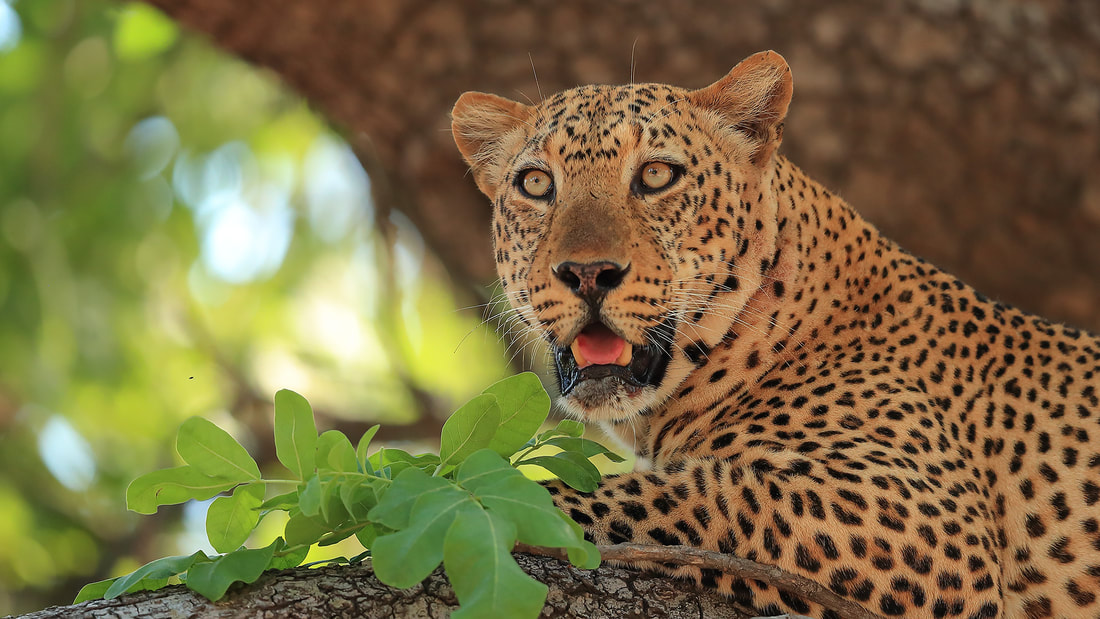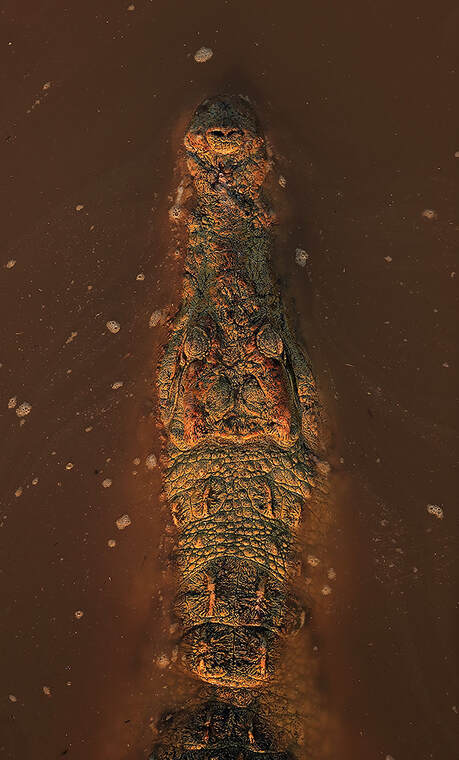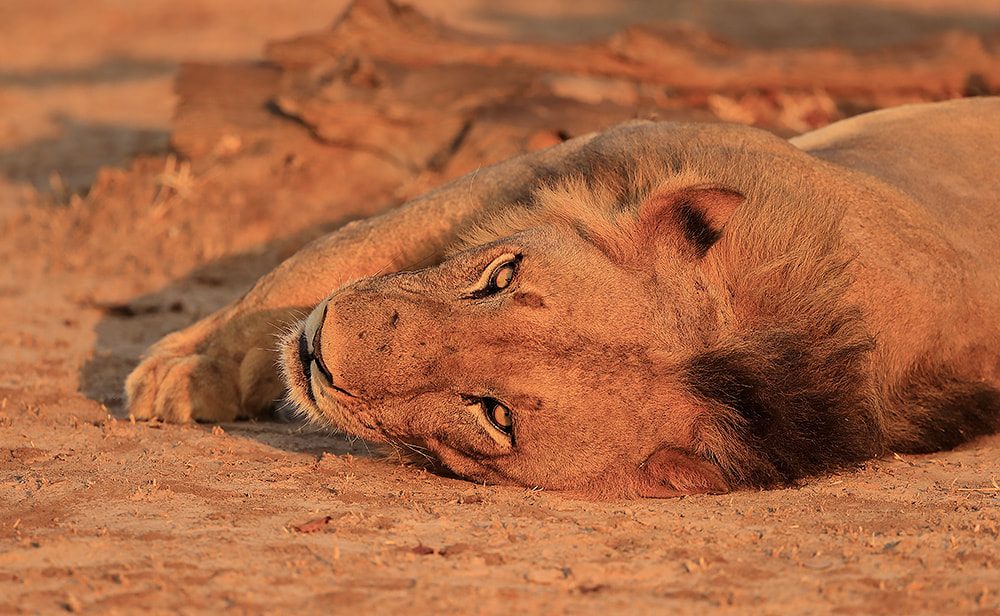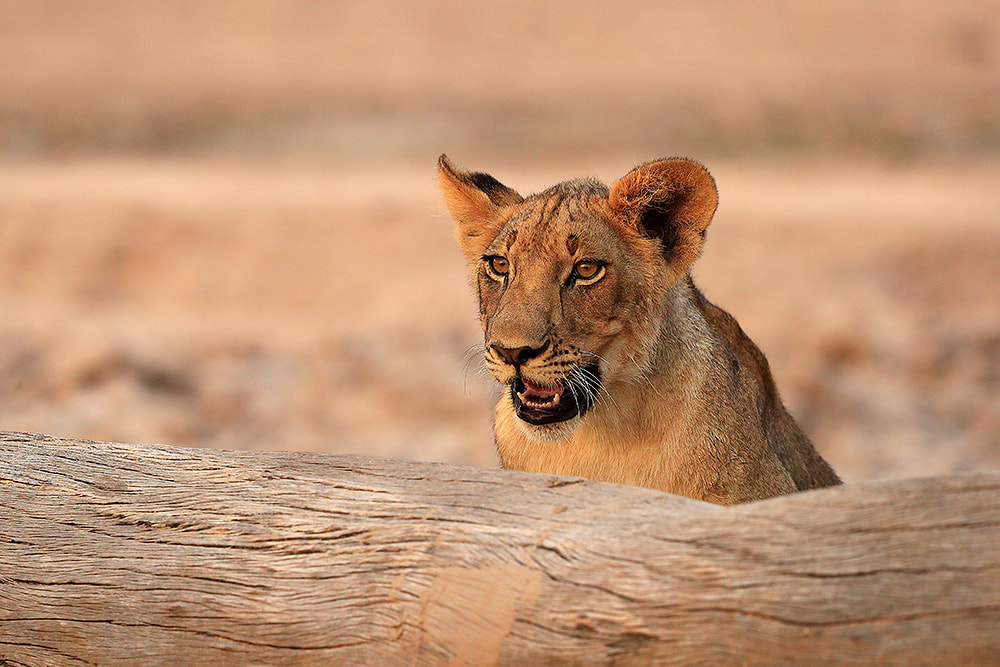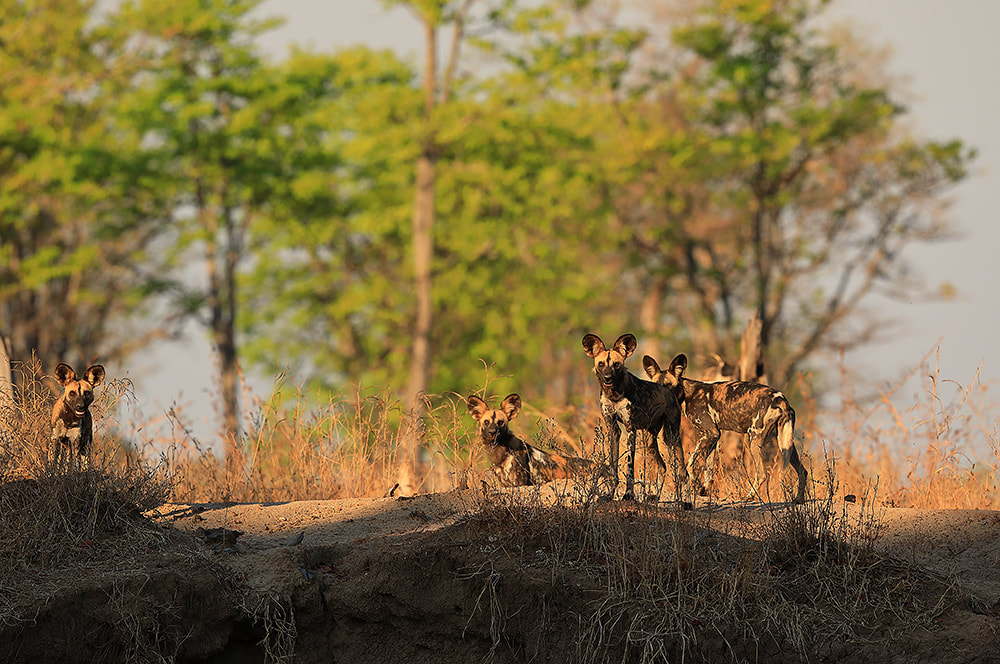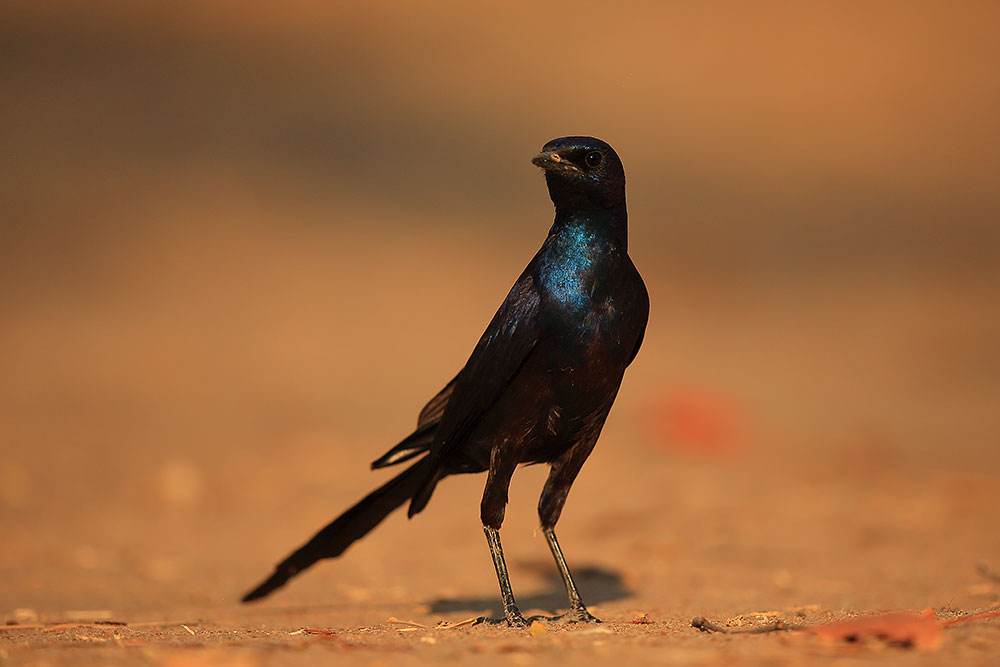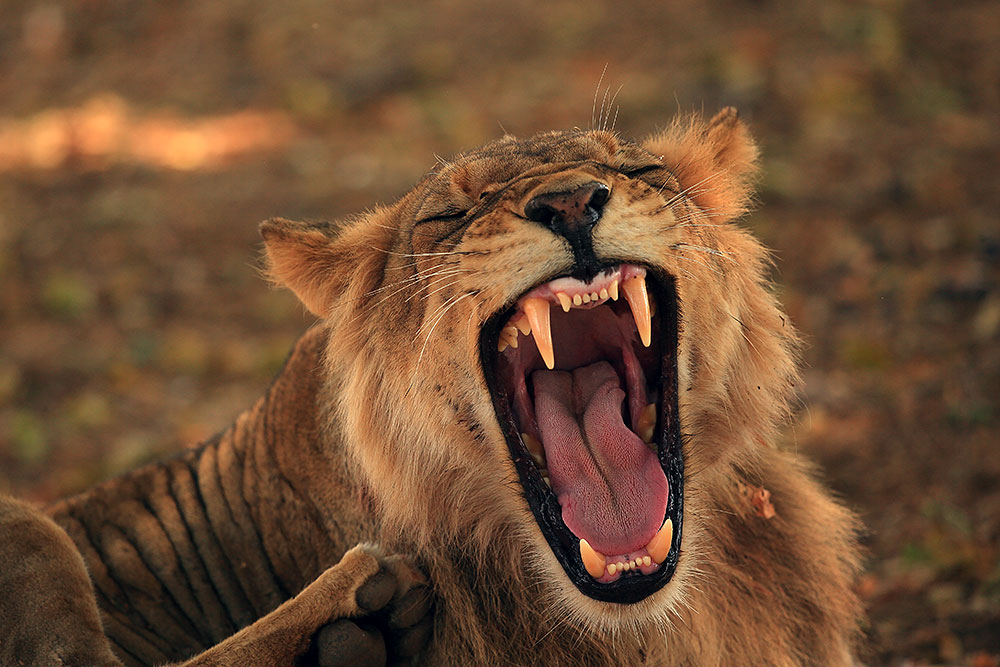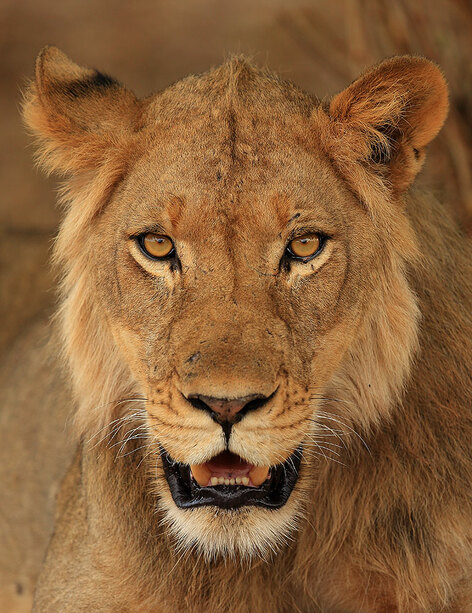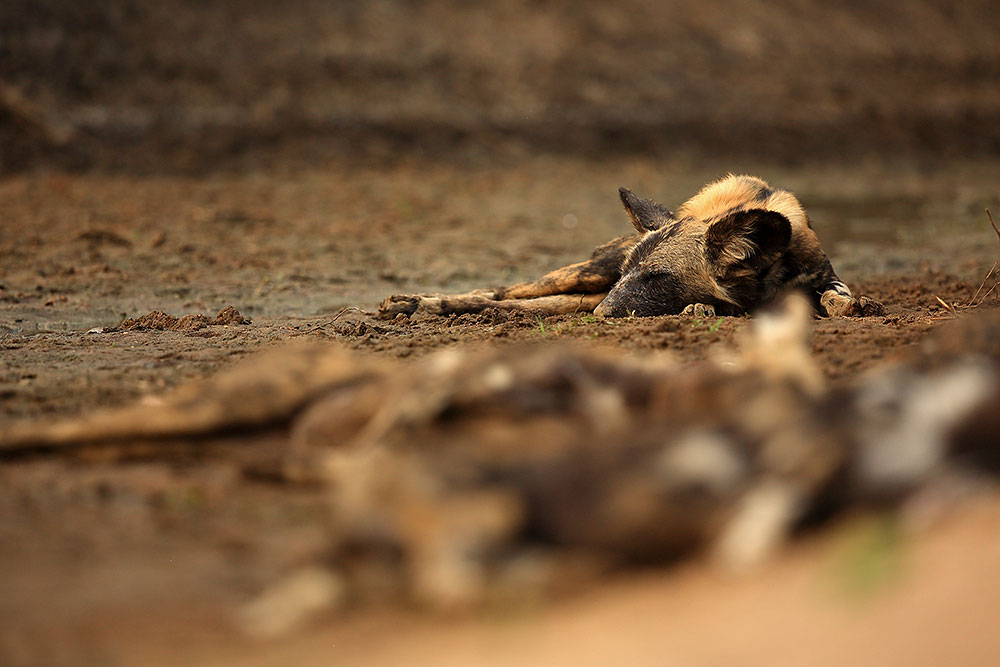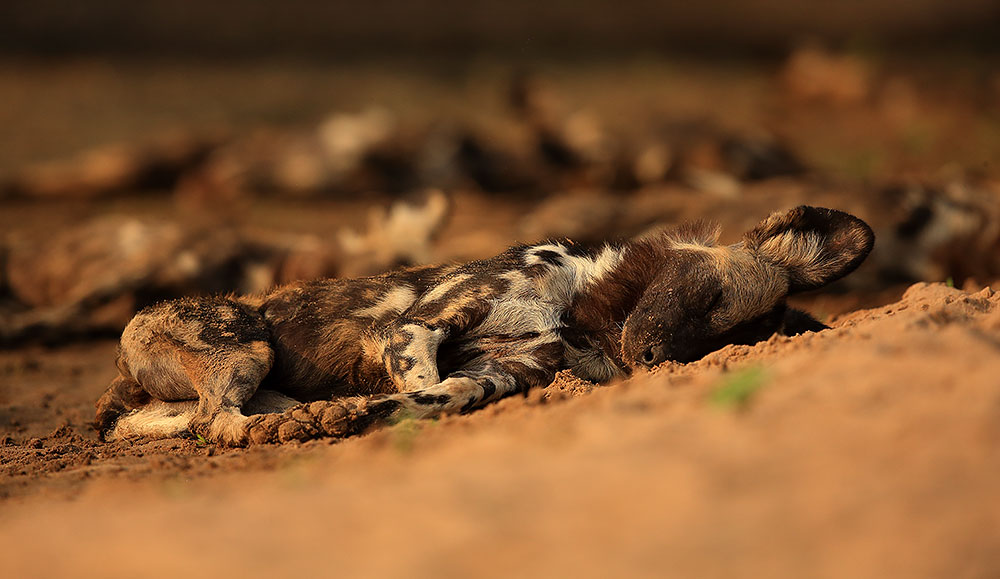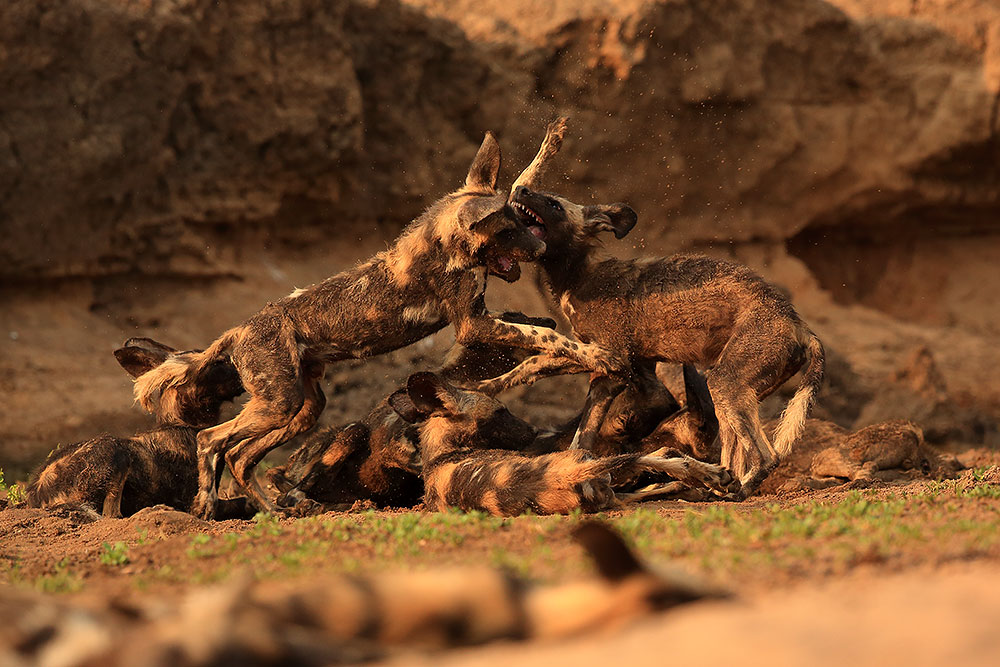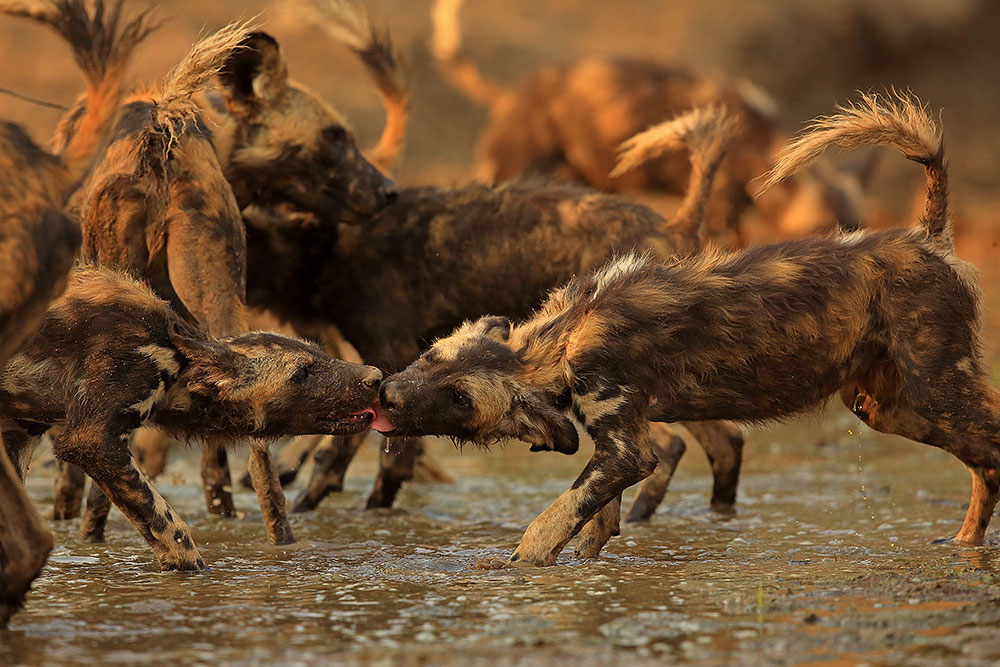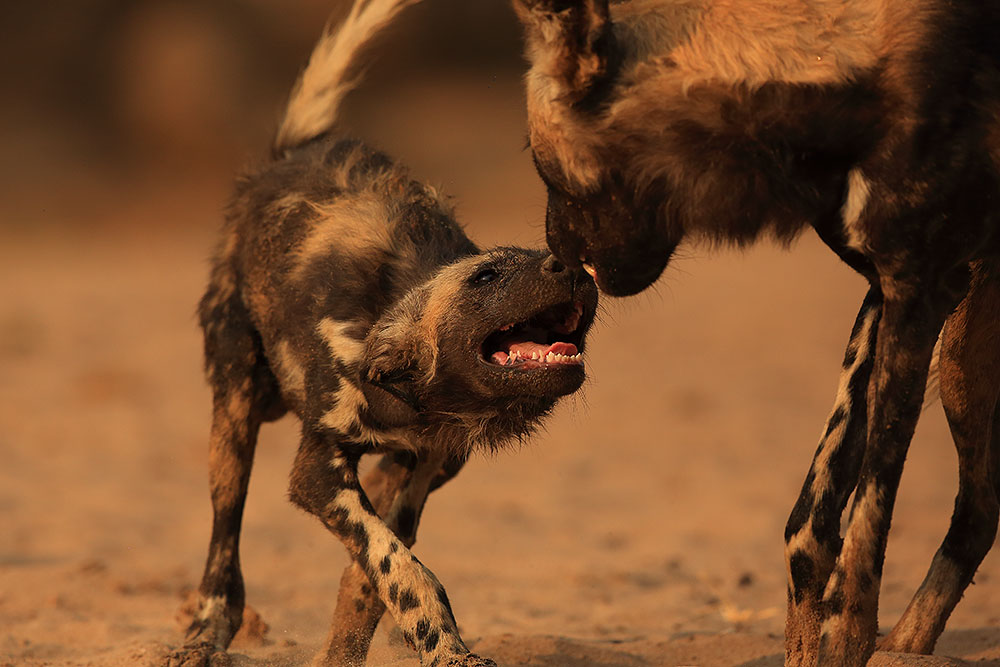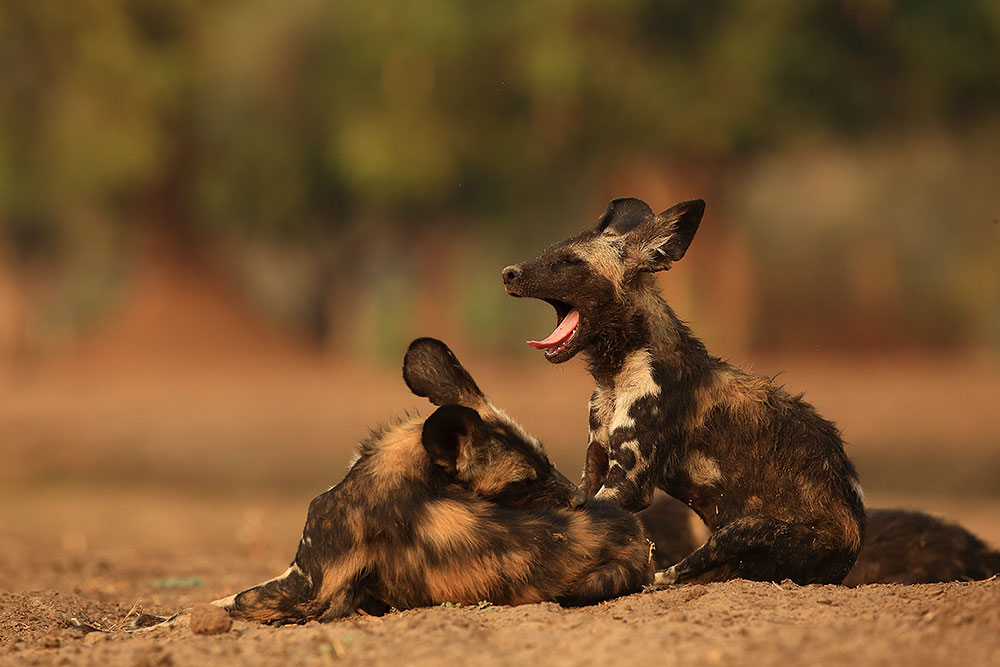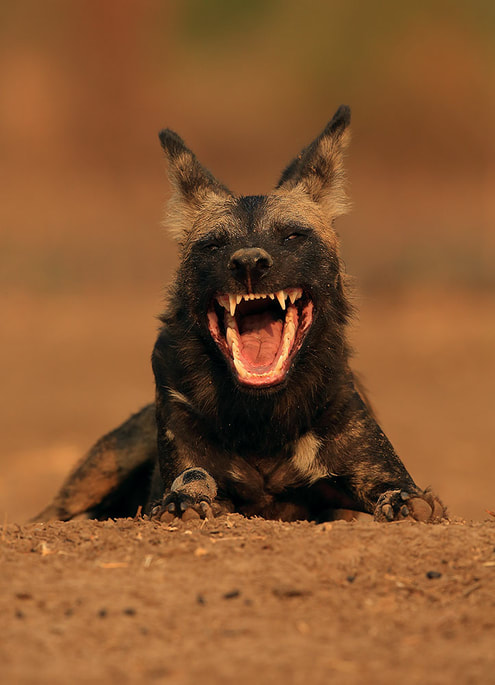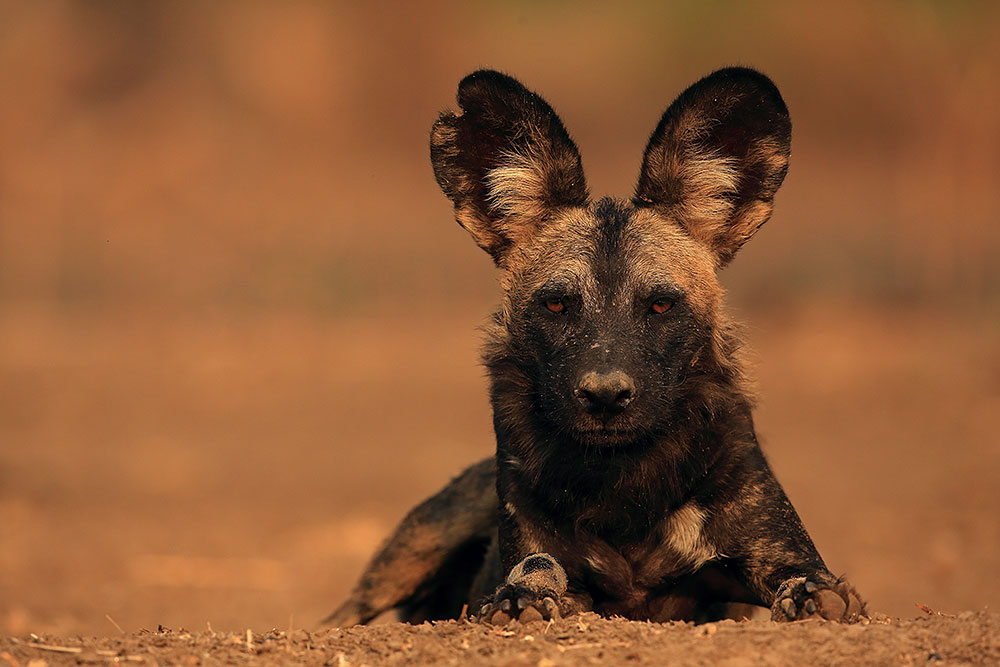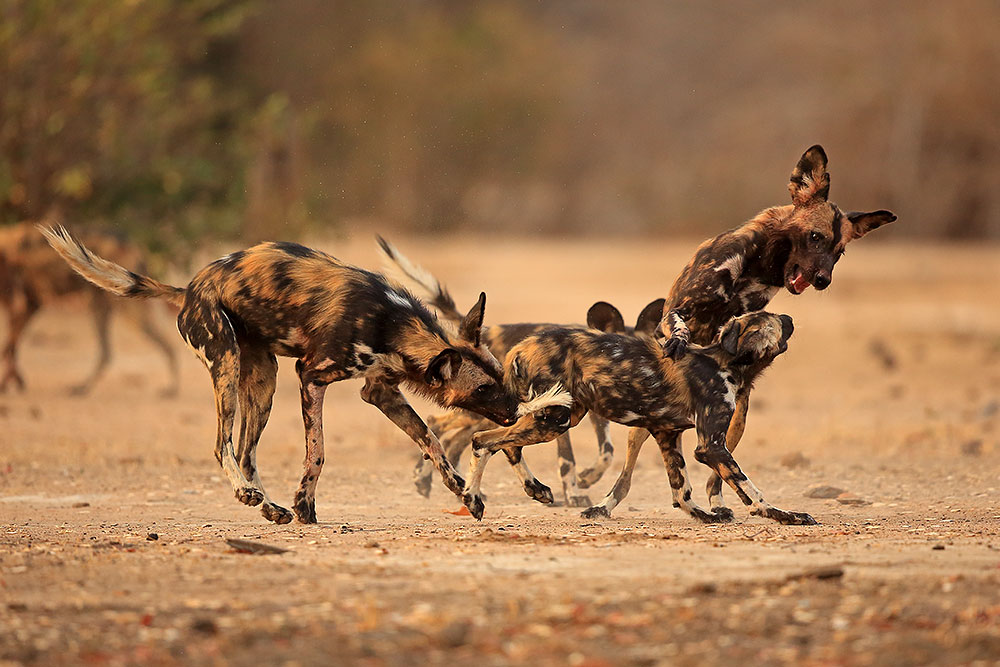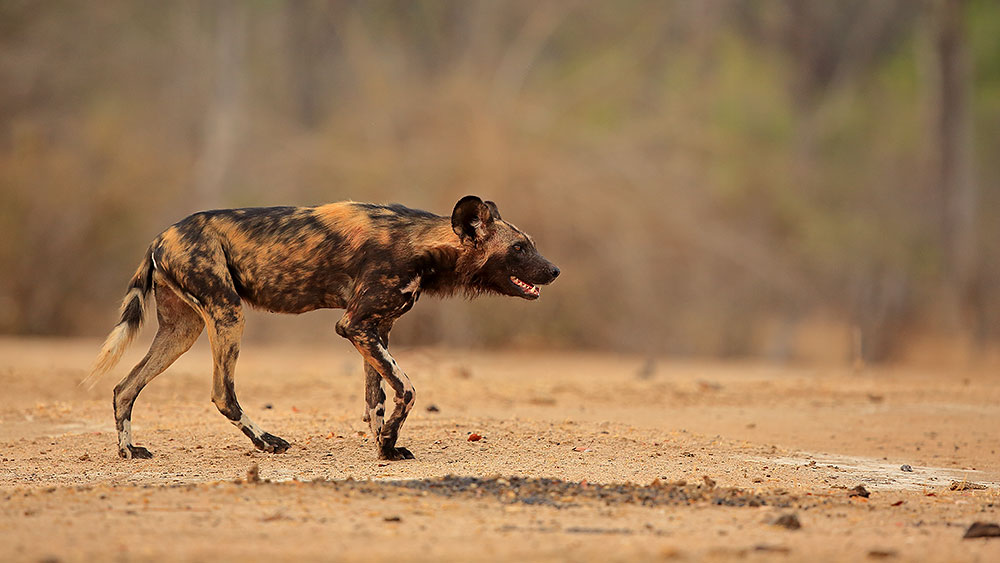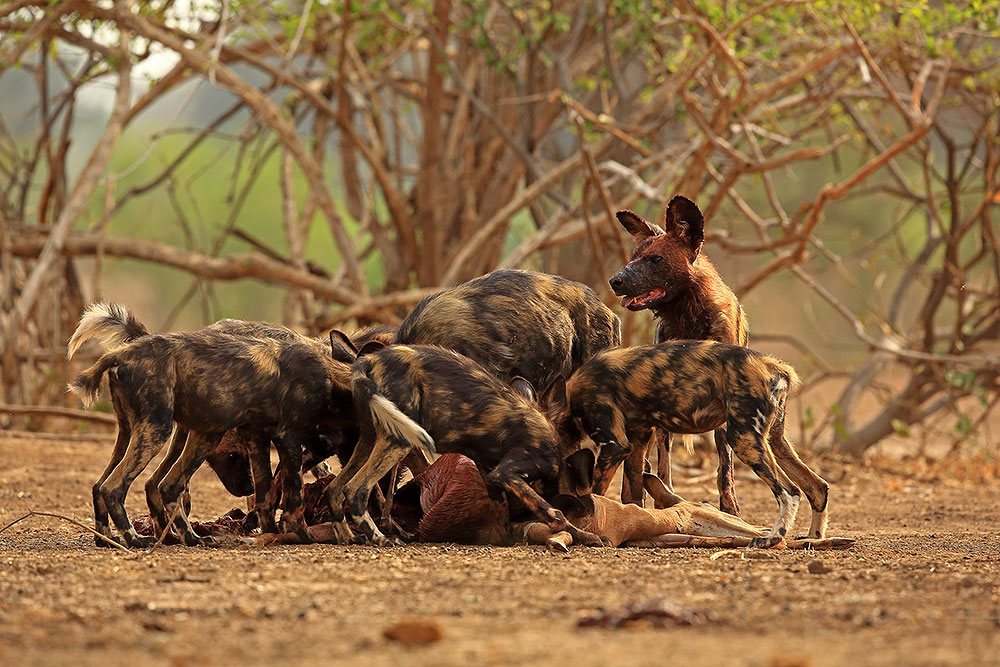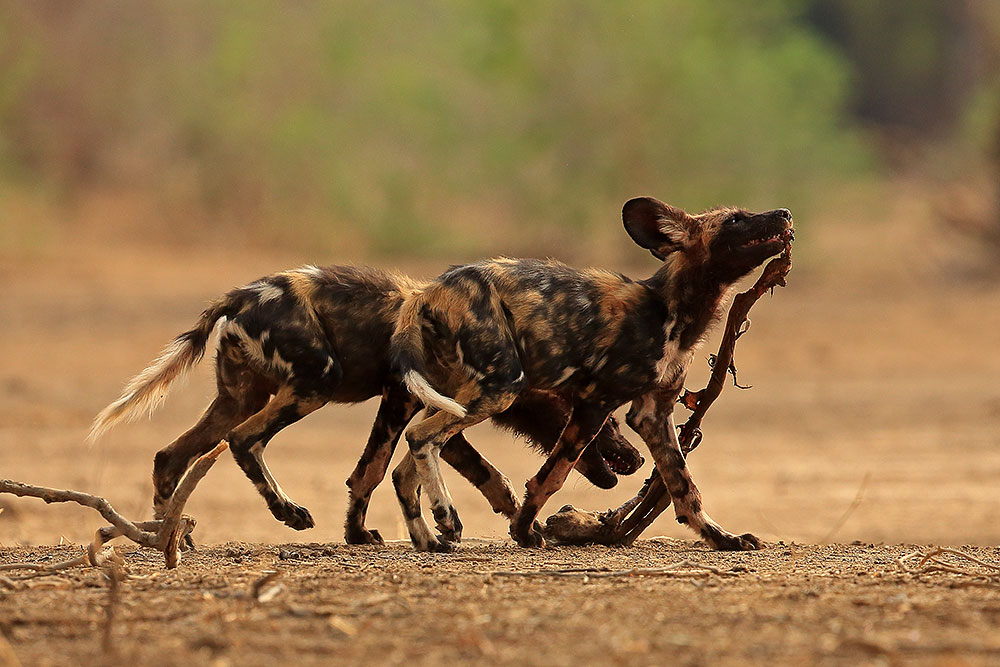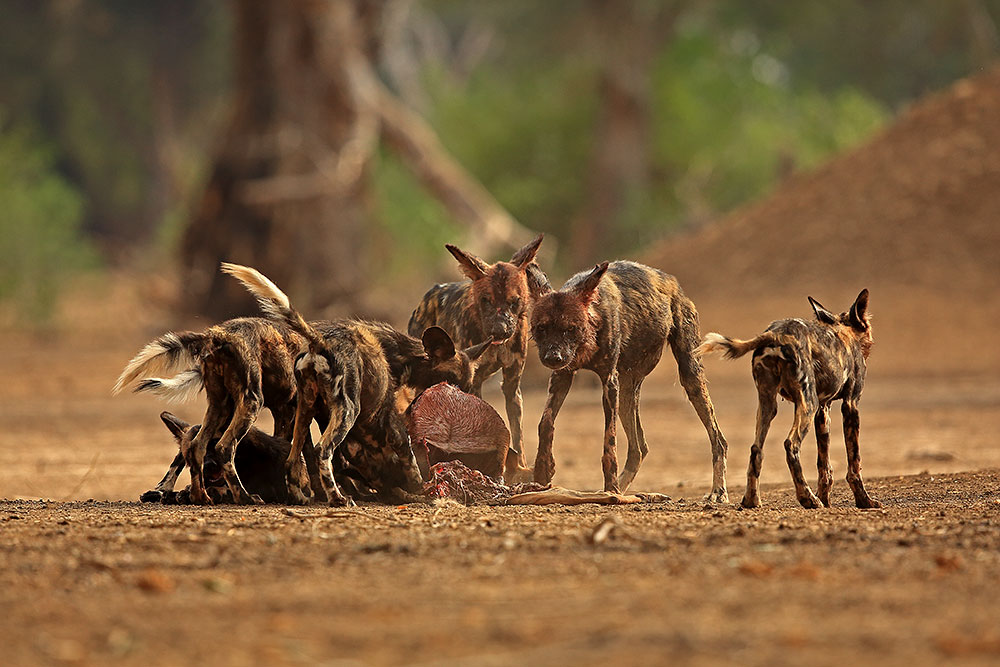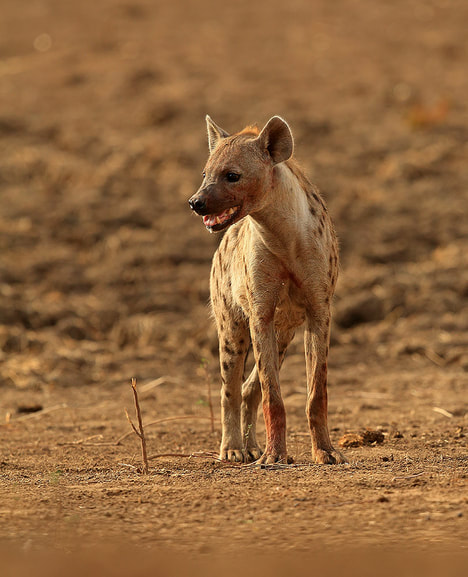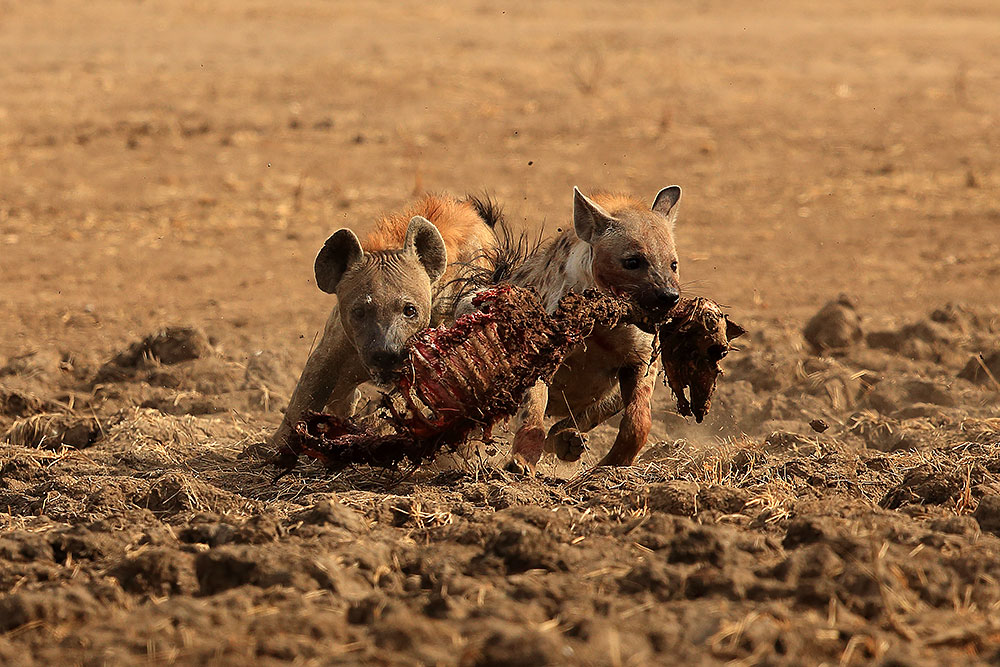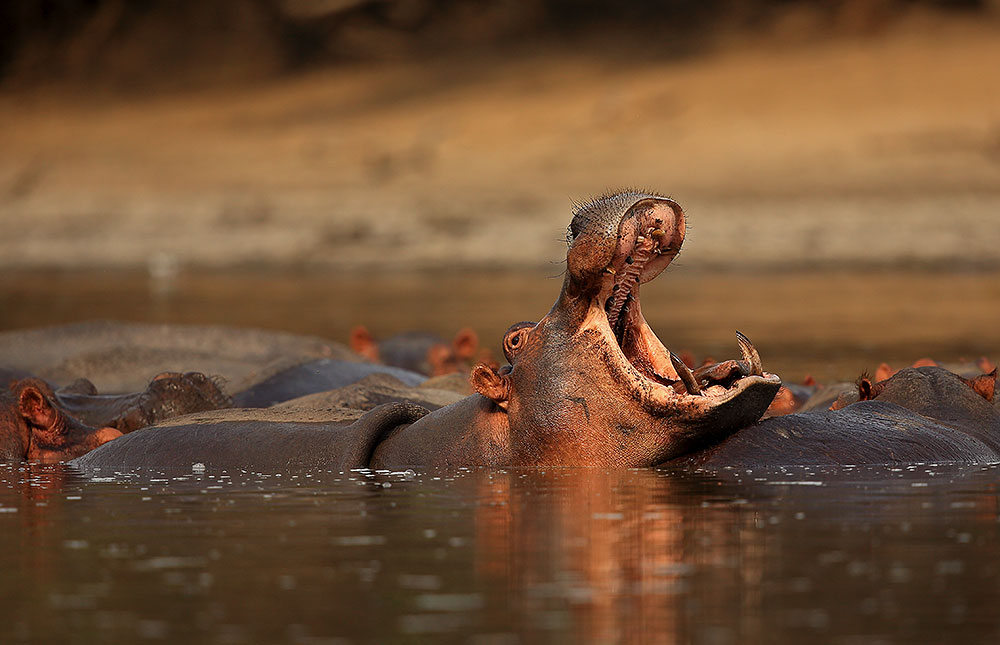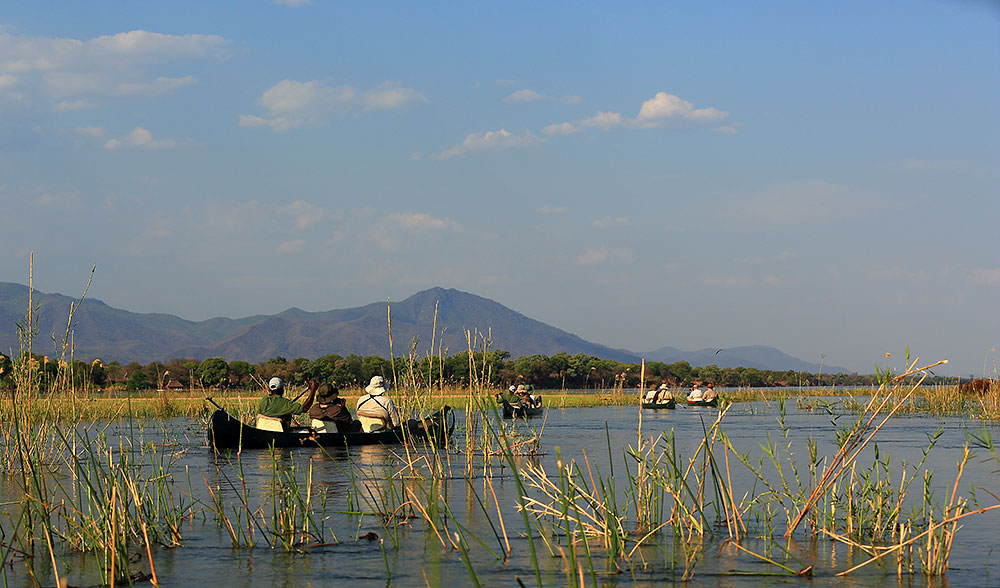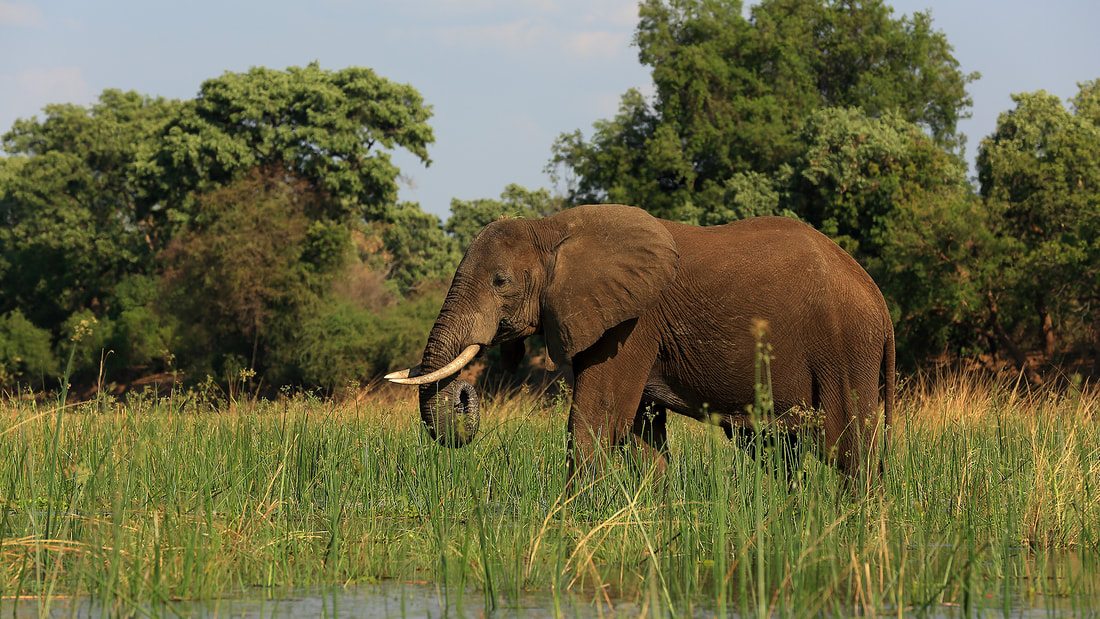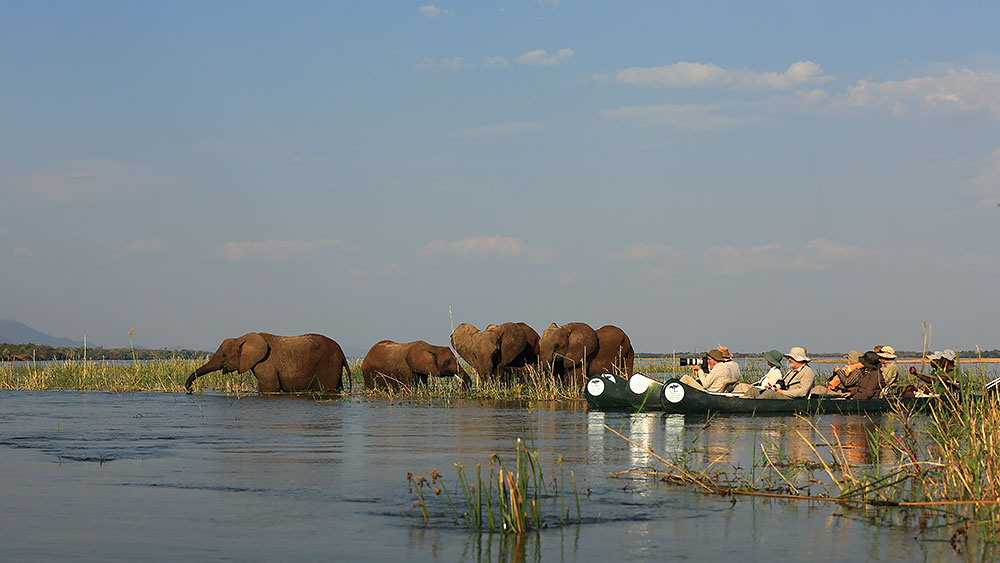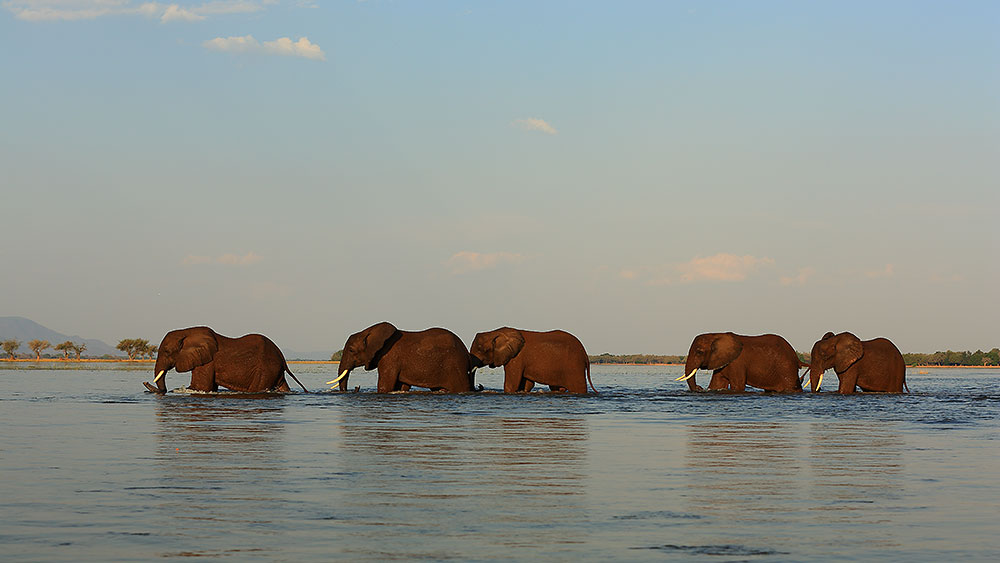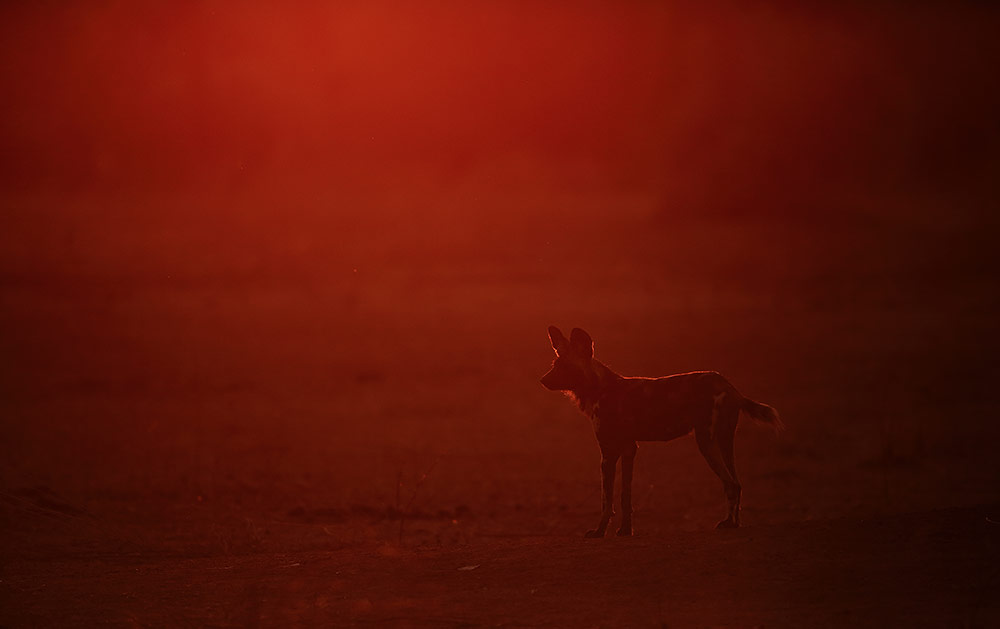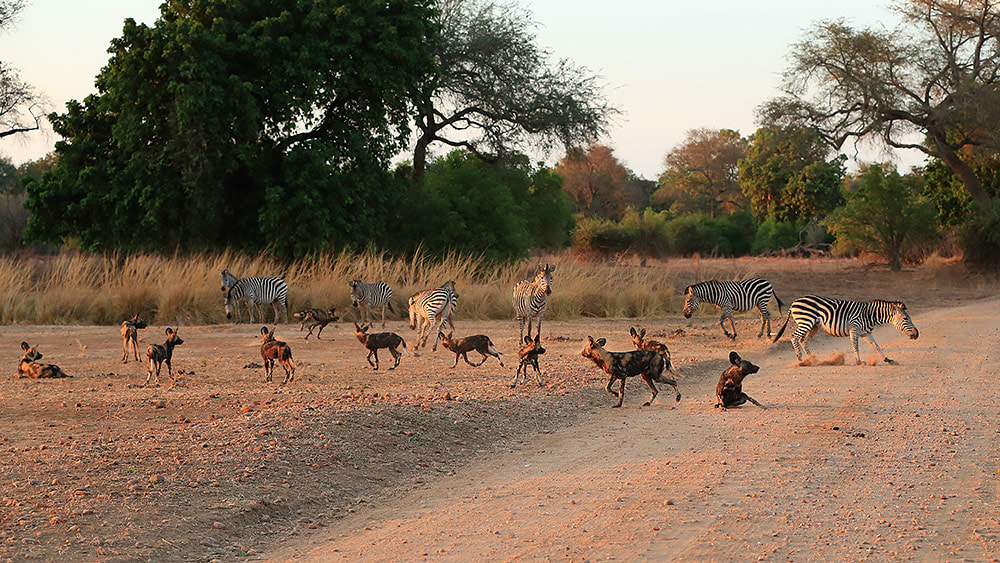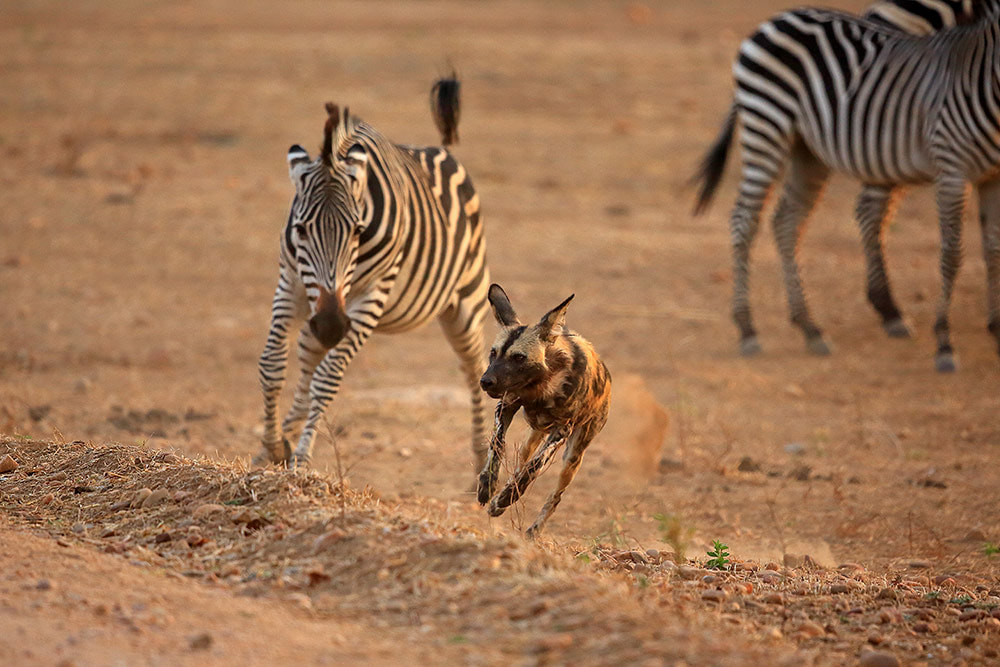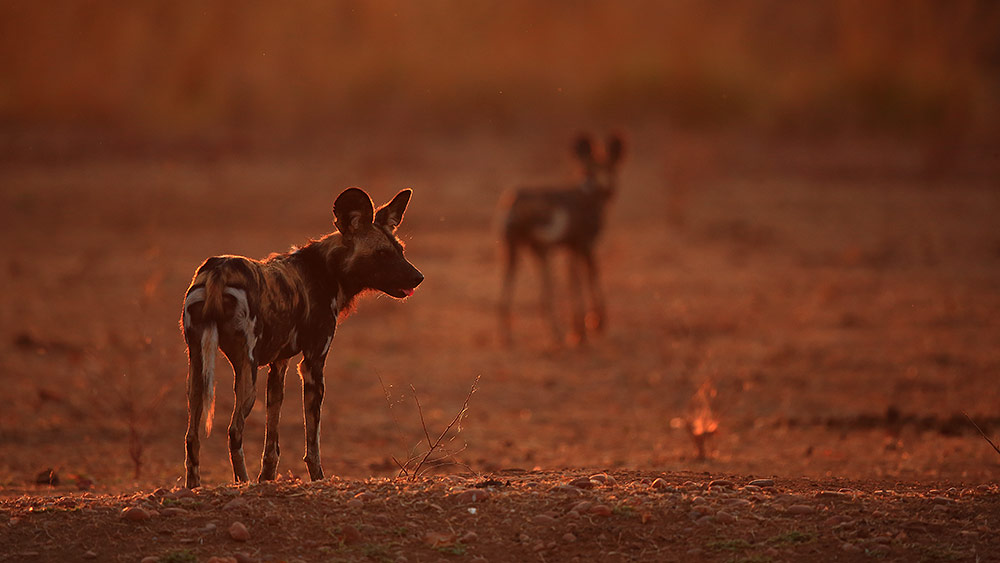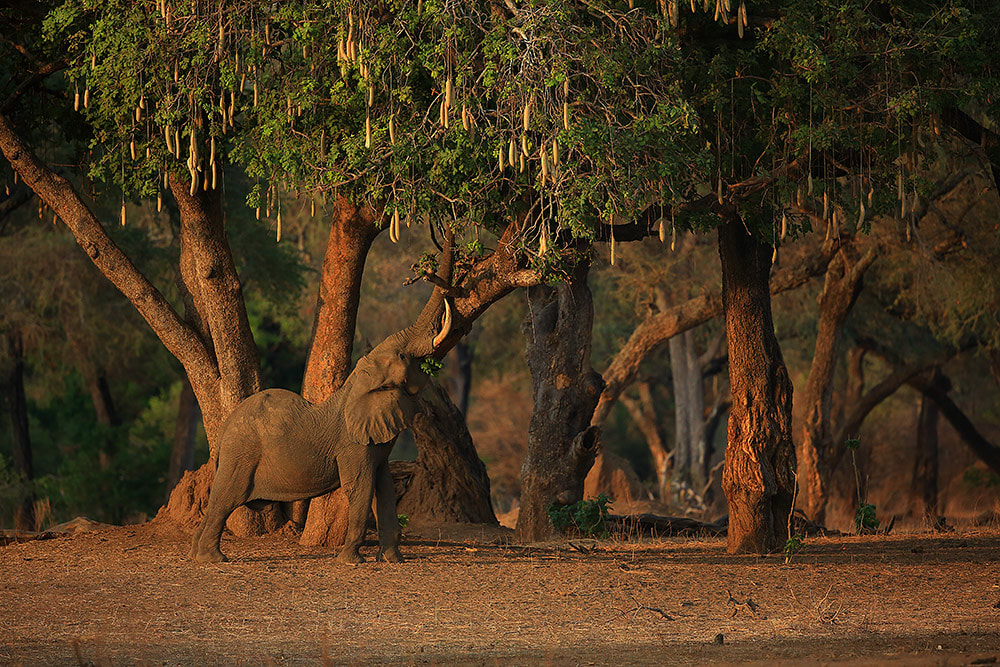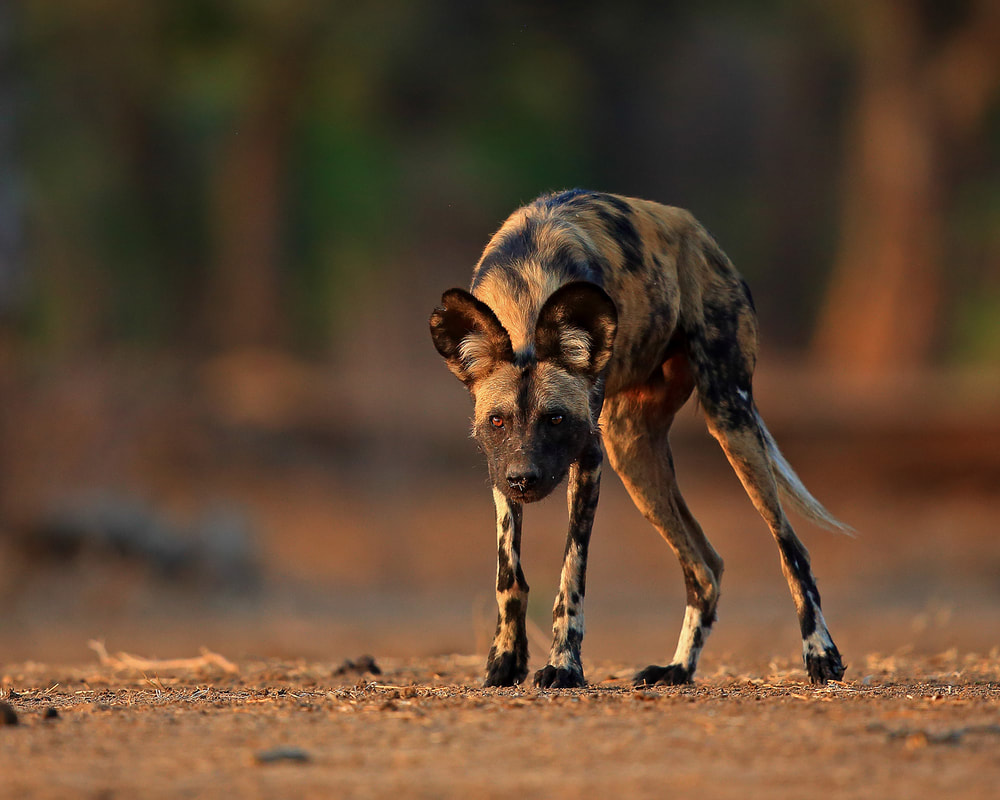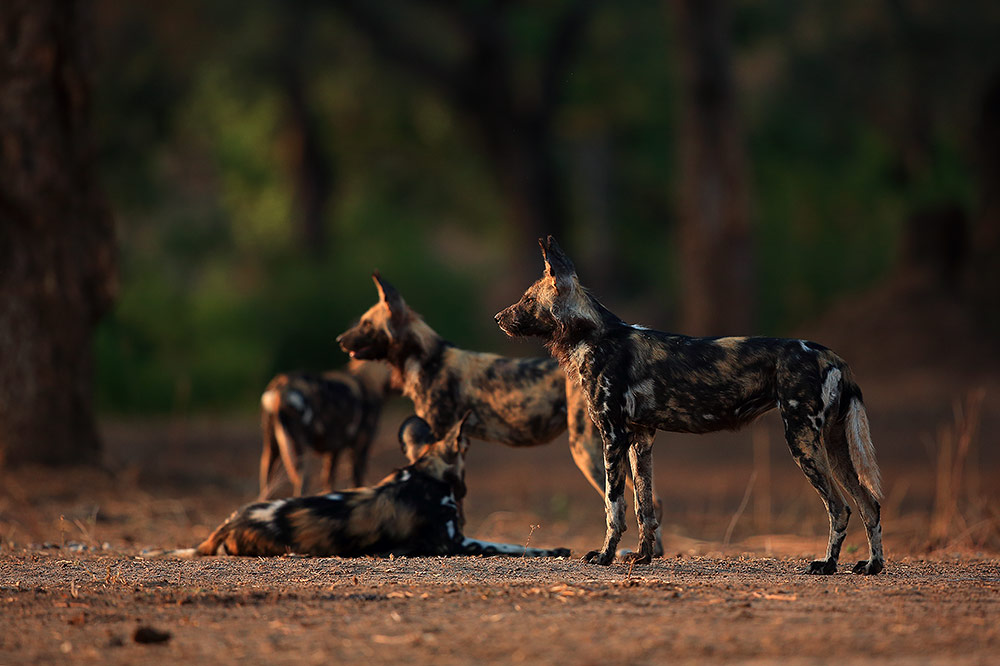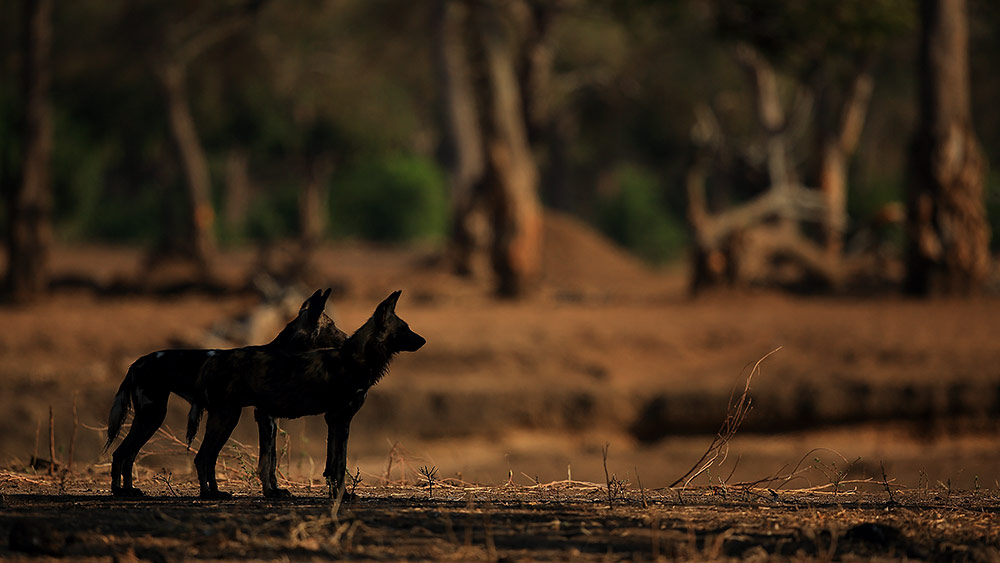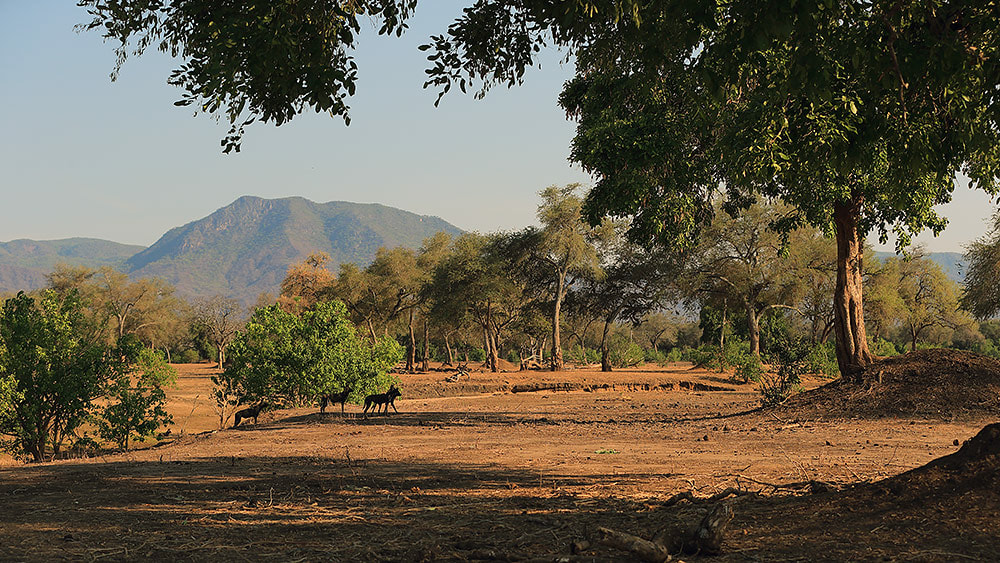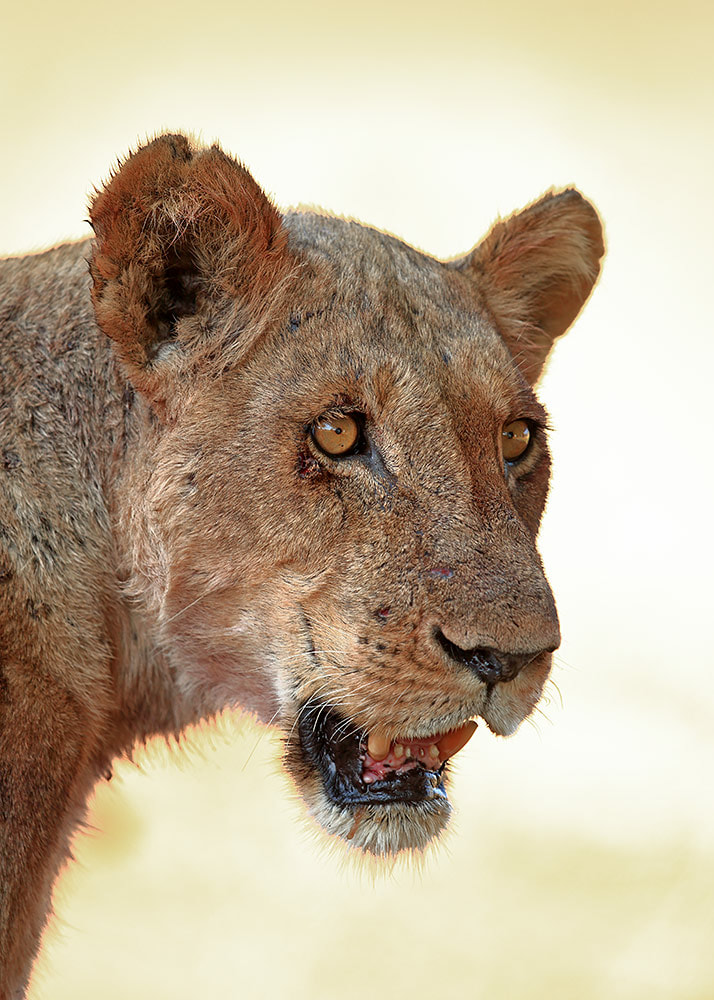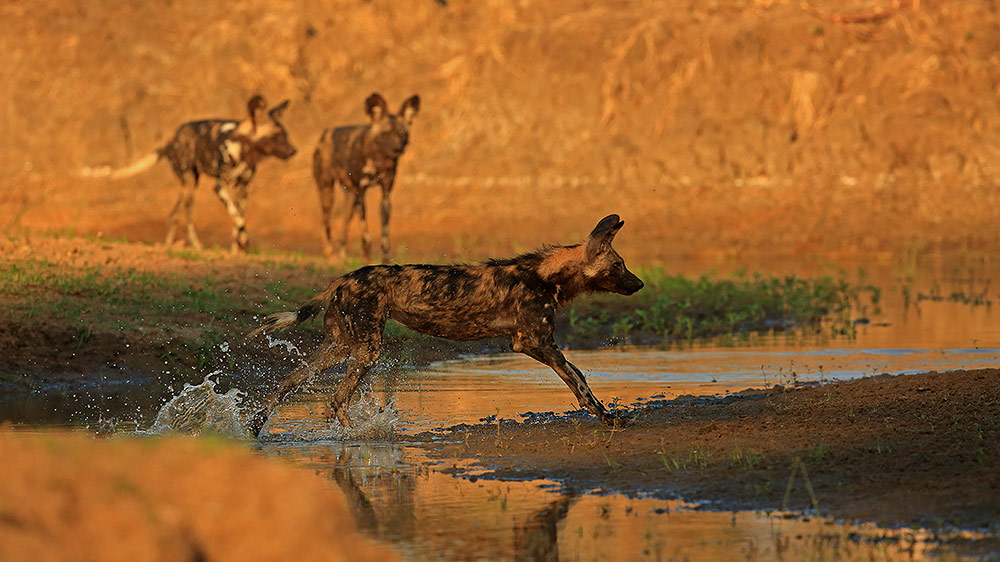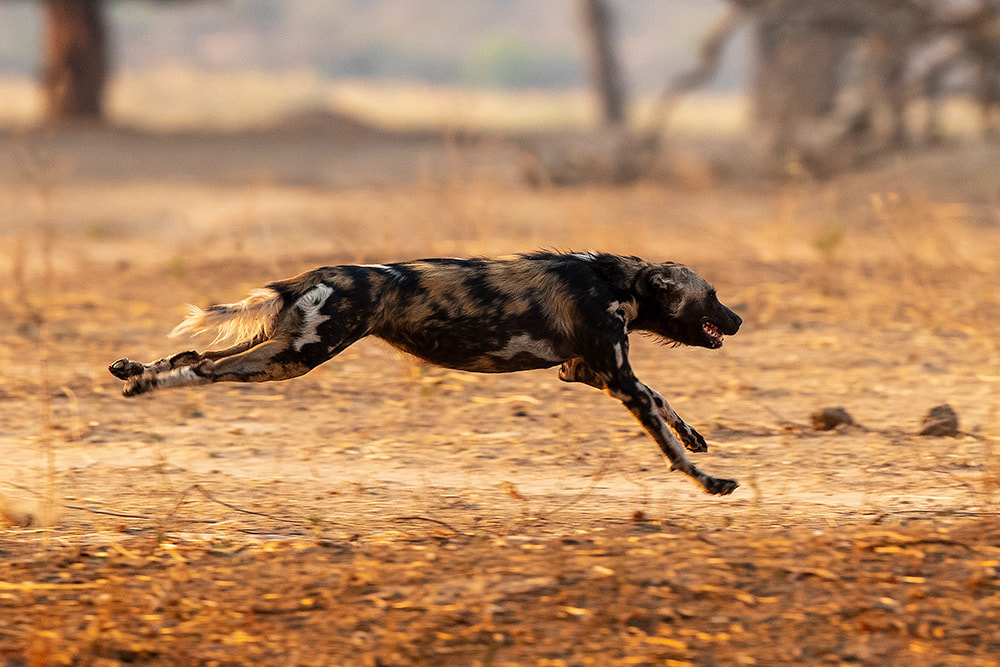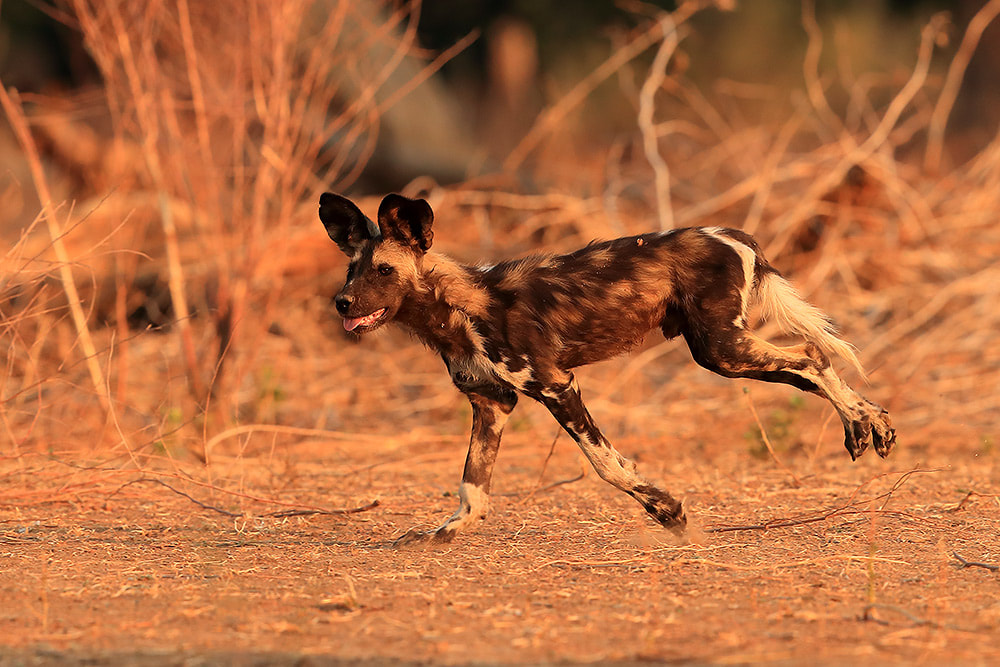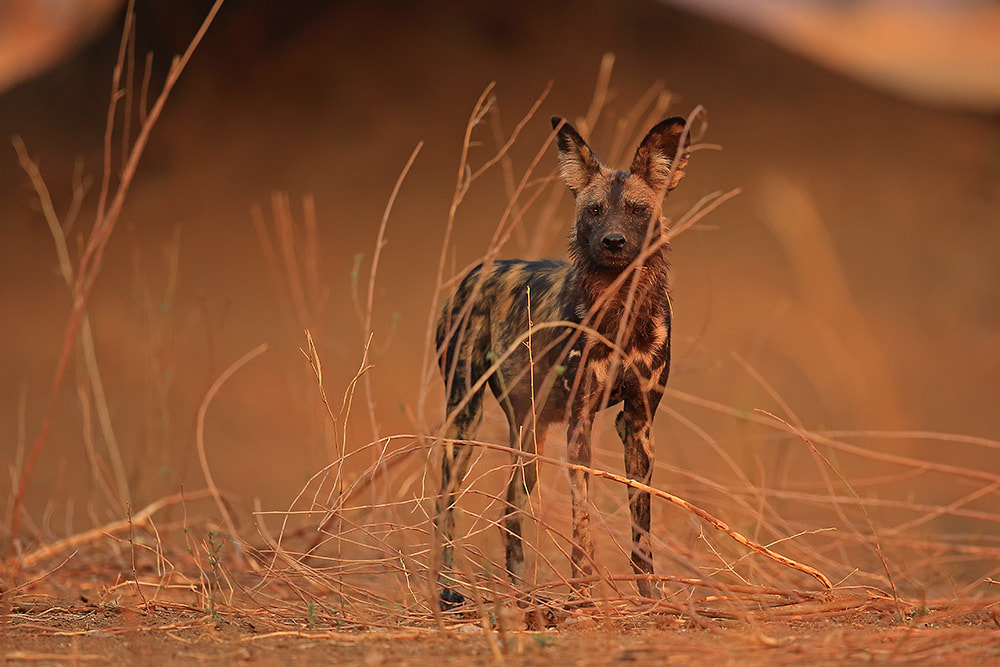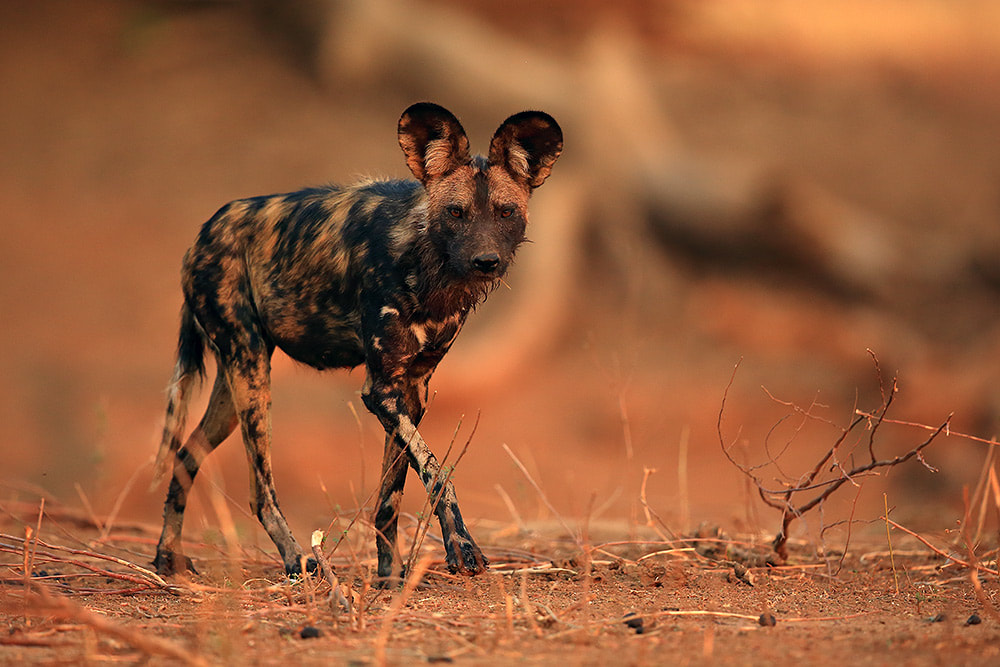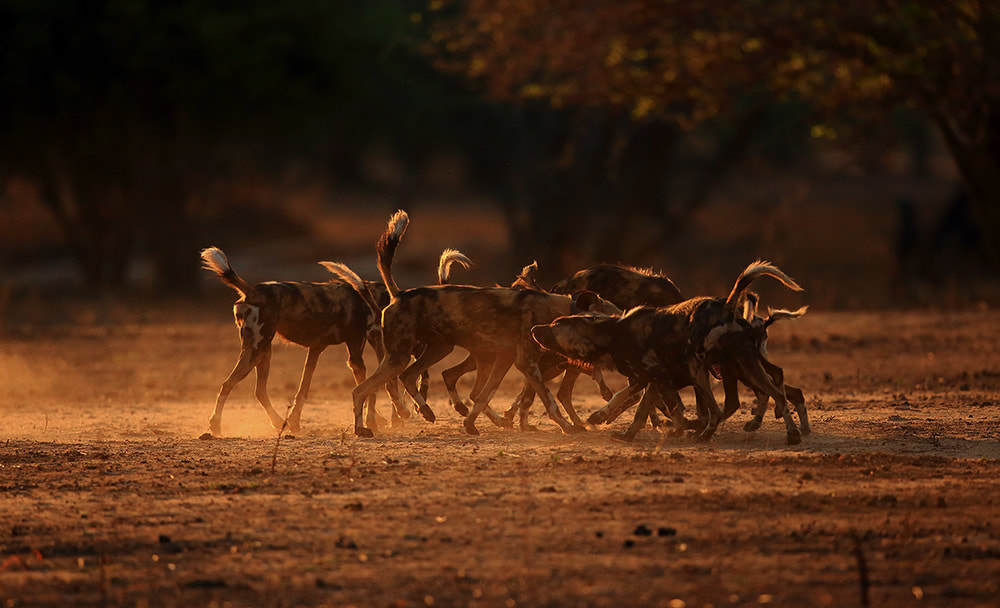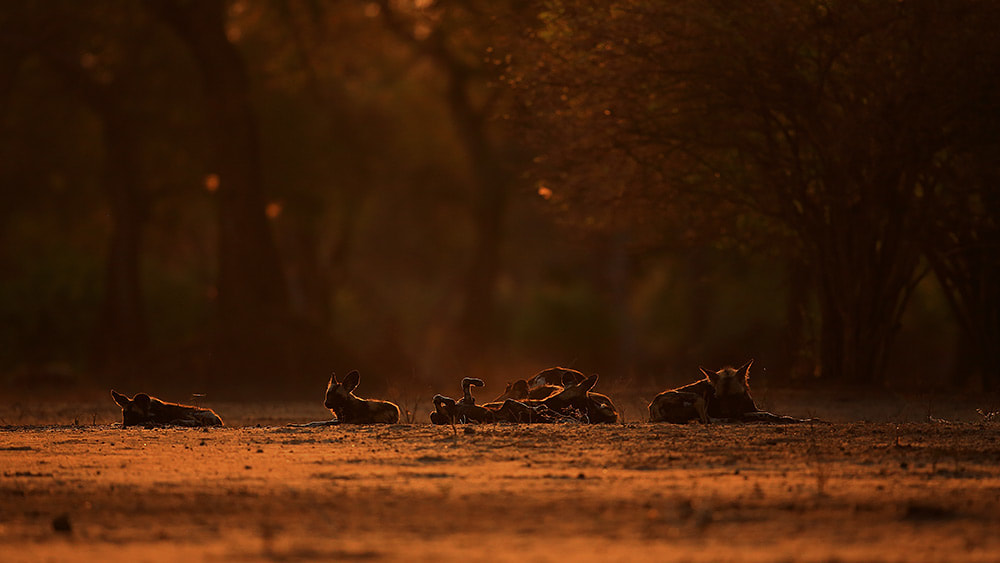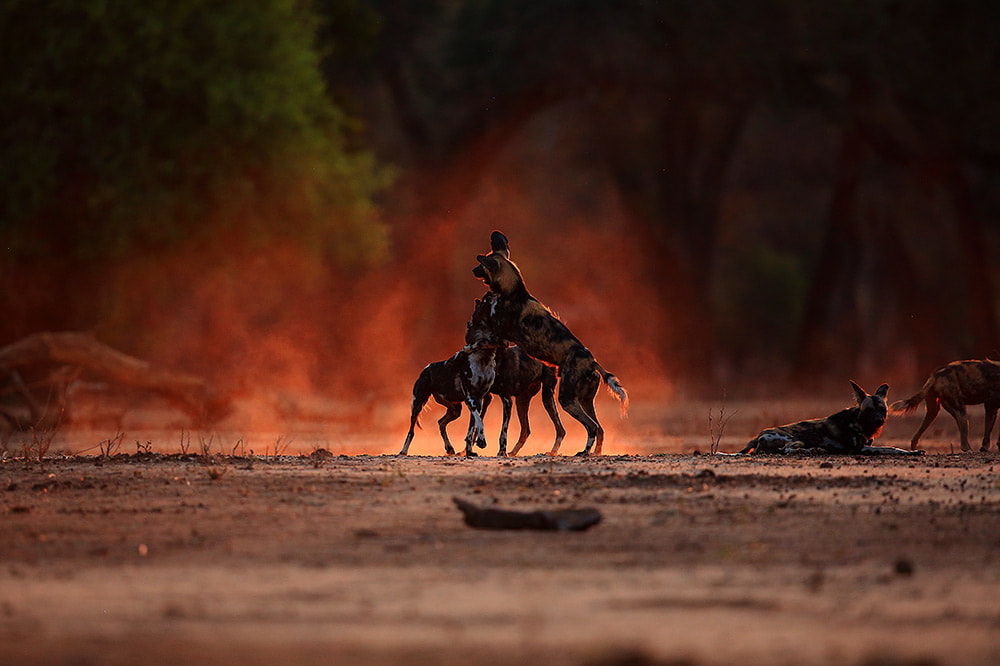|
Back at the start of November in 2024, I was back in my old haunt staying with my friends in Zambia's South Luangwa National Park. I was leading Wildlife Worldwide's South Luangwa Photo Safari and our primary focus were the big cats, African wild dogs and the stunning birdlife all found within the park. I'm not going to write too much, I am simply going to share some of the highlights of the trip for you all to enjoy. Any trip to South Luangwa is sure to reward those with a passion for wildlife photography. We were blessed with some incredible lion sightings as well as numerous sightings of African wild dog. It doesn't really get much better tha that, except for maybe finding a leopard. When you have a sighting such as that above, you can't help but pinch yourself. The rest of the week was just as memorable and my whole group were treated to some world-class sightings and photographic opportunities. These were just a few of the highlights during our week in one of Africa's finest wilderness areas. If you would like to join us in 2025, then be sure to take a look at the webpage and book your place.
0 Comments
Those of you that have been following my blog for a while will understand just what Zambia means to me. Many years ago I was privileged enough to work in South Luangwa National Park and it stole a piece of my heart. With that in mind, it was an absolute delight to venture back to one of my favourite haunts and lead another dedicated photography tour for Wildlife Worldwide on their South Luangwa Photo Safari. The trip was incredibly successful and we were able to capture some truly remarkable moments. Rather than rabbit on too much, I will just jump straight to the images. Starting with some birds ... As you can see, South Luangwa is an exceptional destination to photograph birds. However, the birdlife wasn't the primary focus for most of our group. The majority of people that join me on safari here are after the park's iconic mammals such as leopard, lion, elephant and African wild dog. There is of course a wide array of species that call the park home, including plenty of herbivores. And now for the species you really wanted to see ... We were treated to some incredible encounters with African wild dogs throughout the safari. The afternoons were particularly fruitful as the dogs were choosing to rest on the sandy banks along the Luangwa River. As well as intimate portraits, we were able to capture some wonderful environmental scenes. For many, the main reason for coming to South Luangwa National Park is for leopard. For many years now, the park has gained a reputation as one of the best places in Africa to see leopard and we have were fortunate to have numerous encounters with a couple of different individuals. However, it was one evening where we heard baboon alarm calls that we were treated to a truly exceptional encounter. As you can see, we positioned the vehicle in such a way to maximise the photography opportunities for the clients, all the while ensuring that the leopard wasn't disturbed by our presence. Working closely with my guide, and good friend Bwalya, we ascertained that she was likely to visit the drying lagoon for a drink and parked just along the pathway she was most likely to take. Our plan came to fruition and she walked within only a couple of metres from the vehicle, looking past us before continuing down towards the water. It isn't often that everything comes together perfectly, but when it does you are left with a sense of pure joy. It was an encounter that will live long in the memory and I can't wait to head back to Zambia again later this year leading for Wildlife Worldwide.
Sorry I have been quiet again for the first quarter of the year. It has been a crazy few months and I am only just getting the time to sit back and think about the past 5-6 months. Back in November I was in a state of shock as I was actually able to enjoy leading my first African photo safari in nearly 2 years. Wildlife Worldwide were finally able to run our unique South Luangwa Photo Safari and it was a pleasure to be at the helm for two separate trips. Our first trip was based at one of my regular haunts – Flatdogs Camp – where I had the pleasure of my good friend and guide Bwalya looking after us. We had an exceptional week with Bwalya, although the leopard didn’t quite play ball, and were treated to some excellent encounters with the African wild dogs and countless lions. The second week was based at the delightful Mfuwe Lodge and we had some exquisite sightings of leopard and the wild dogs once more. The rains had started to fall intermittently, but it really didn’t disturb our game drives and huge thanks must go to our excellent guides . One of the great things about South Luangwa is that you never really know what to expect and from one week to the next, you will likely see something completely different. Here is just a taster of what we saw … If you would like to join me in Zambia's South Luangwa with Wildlife Worldwide, there are still some spaces available. I will be joined by fellow photographer Sean Weekly, and I will be back for more in 2023.
Back in November 2020 I was privileged enough to lead three back-to-back photographic safaris in Zambia’s South Luangwa National Park. I used to work in the Luangwa Valley, back before I worked in the UK in the wildlife travel business, so I am very familiar with the wildlife and it is like home from home for me. The week before my first guests arrived, I went to a national park I hadn’t previously heard of – Luambe National Park. In fact, a friend of mine (and my old boss) now runs the only accommodation in the park and offered to show me around. So here is a little taster of my first week back in the Zambian bush, the place where I probably feel most at home. As well as Luambe, I went for a few game drives in the Mfuwe sector of South Luangwa National Park – so believe me when I tell you that the wildlife sightings were world class. I hope you enjoy an image-based round up of week one … The African wild dogs (or painted wolves) were taken in Luambe National Park whilst staying at the truly stunning Luambe Camp. I can't recommend this remote and beautiful camp highly enough, so please do visit the website to find out more.
P.S. The next few posts show even more variety and a whole host of cats ... At the end of the dry season, the heat in Mana Pools National Park just seems to build up and up. A natural crescendo, until eventually the rains come and bring a little relief. In early November though, the rains had still not arrived and day time temperatures were regularly hitting 44 degrees Celsius. Driving through the park on this particular morning, it felt like you were in the firing line of an industrial hairdryer, a stifling, warm breeze filling the air and making it feel a little uncomfortable. We were back in search of the wild dogs once more. Having spent the previous afternoon on the river, it seemed like we had to catch up with the dogs and find out what they were up to. However, no matter how hard we tried, we were unable to find the dogs on this particular morning. Instead we found a very sociable, and approachable, flock of long-tailed starlings. When a group of wildlife photographers are together, any slightly different subject just means you have something new to focus on. Later on we managed to find the small pride of lions, two adult females and a young male and spent a bit of time watching and photographing them before heading back to camp for lunch. The majority of the group decided to go out on the river once more this afternoon, all but one, who wanted to head out after the dogs once more. In order to keep the group size manageable for the canoe safari, I headed out with the one client and our guide Daryl. Well there is no other way to describe the afternoon with the dogs, other than that it was pretty magical. It was only going to be a shorter game drive/walk as we had arranged a BBQ on the banks of the Zambezi up stream of our camp. We found the dogs resting in the same drying river gulley we had left them a few days earlier. As there was only three of us, we slowly made our way towards the pack, taking our time and keeping the noise to a minimum. The whole pack were so incredibly relaxed and we were able to get extremely close. This encounter was right up there with my very best anywhere in the world, probably only coming second to coming face-to-face with the gorillas. I am not really going to say much more, other than that it was a real privilege. The following pictures and footage can do all the talking for me. If you would like to join me in October 2019, we still have a few spaces remaining. You can find out more and book your place by visiting the Wildlife Worldwide website.
t was the half-way point on Wildlife Worldwide’s inaugural Mana Pools: Wild Dogs & Elephants Photography tour, but today would prove to be a little different. As with any day in Mana Pools National Park, we arose bright and early, ready to search for the painted wolves once more. This morning it took as a while to find the dogs, they had moved deep into the scrub, away from the alluvial plains of the Zambezi and we found them resting near a dry pan. The habitat here reminded me of some the southern areas of South Luangwa, it was very different from the open forest of the valley floor. The pack were busy doing what they do best after a night’s rest, playing. The young adults and the pups were running around at full pelt, leaping over fallen trees, just enjoying themselves. It is always an honour when wild animals allow you to approach to on foot and we were spoiled on this particular morning. About an hour after we had climbed out of the vehicles, the alpha pair decided it was time to move on in a determined manner. This usually only means one thing, they are looking for breakfast. The speed at which the dogs can move is incredible. African wild dogs are athletes of the highest pedigree and in order to keep up with them, we had to jump in the vehicles once more. They were heading back down onto the flood plain and when we caught up with them they were half heartedly chasing a warthog. Then, in a bizarre moment, a small herd of impala approached the dogs and a more determined hunt began. This time, when we had caught up with the pack, they had brought down a pregnant impala. The following images highlight what happened next … The pack seemingly target pregnant female impala at the end of the dry season and on this particular morning they pulled down an individual with an unborn youngster. Of course, sights like this are hard to see, but it is nature and to witness this behaviour is actually an honour. You can see two of the pups above playing with the foetus. Once the dogs had finished with the kill, the hyenas quickly moved in ... After watching the hyenas fight over the impala remains, we followed the wild dogs down to long pool. We left them to it and decided to spend a little time photographing a pod of hippos. The afternoon was a different proposition altogether. My group had gone out looking for the painted wolves on every single drive, so we decided that this afternoon we would head out on a canoe safari down the mighty Zambezi. If you haven't ever been on a canoe safari ... well you must! Here is a little taster for you. The proximity you can have with the elephants when on a canoe is truly remarkable. The video footage below was taken on my phone ... Be sure to join me later this year in Mana Pools for incredible encounters with African wild dogs and elephants. Please visit the Wildlife Worldwide website for more information.
With the start of our trip to Mana Pools being so successful, particularly with the African wild dogs, the pressure was off and the whole group could just enjoy themselves. There is nothing better for me as a leader than knowing your group are happy after their first couple of days on safari. When I asked everyone what they wanted to focus on for the next few days, half the group said they would like to try their luck with the southern carmine bee-eater colony, while the other half wanted to keep following the dogs. I kept with the wild dog group to keep numbers nicely balanced and we had a brilliant time with the dogs. It took a little time to find the dogs this morning as they had moved some distance overnight. Nick Murray (our guide and the BBC’s Dynasties series guide) and I used our combined tracking skills to eventually find the dogs much further to the east. The pack had come across a small herd of zebra and decided that this was a good lesson for the pups. Zebra are not typical prey for these painted wolves, they focus their efforts on impala, but that is all part of the learning curve for young dogs. We watched them play with the zebra for 10 minutes or so before they went off at high speed after a herd of impala. Even in the vehicle we couldn’t keep up, such was their speed. When we eventually caught up with them, they had found a warthog and were desperately trying to catch it. However, every time they got close the warthog, which was a very healthy large male, he backed himself into a drainage culvert. Eventually the pack gave up and just went about the daily routine of getting ready for their siesta. This is a great time to photograph the dogs as the sun is often still low in the sky, meaning you get some lovely rich light. At the same time, a large bull elephant appeared and started to browse the high branches of a fruiting sausage tree. We were truly blessed with some excellent photography. We also came across a small pride of lion just a hundred yards or so from where we had a breakfast stop on the banks of the Zambezi. After a little while, all the dogs eventually crossed a drying pool and ended up resting in a shady dry gully, where the sandy soil was still moist with small pools of water. We found the dogs in the same spot in the afternoon before they suddenly got up, crossed one of the small pools and sprinted across the open plain towards the higher ground of the park. Above the floodplain the vegetation is radically different and we lost the dogs in the thick undergrowth. It was only the noise of the dogs on a kill that meant we were able to locate them in a dense thicket. The photography opportunities here were limited, but the proximity to the pack and their kill was incredible.
It all got rather exciting as the light started to fade. As we were watching the pack finish off the last scraps of the impala carcass, a small herd of elephants arrived on the scene. Within moments the elephants had the scent of the wild dogs and charged – the only issue was that we were between the two and we had to make a very speedy retreat and move back towards the vehicles. Our guides were absolutely excellent, keeping the group out of harms way without any hesitation or panic. Clear, calm and incisive commands kept us all safe with some heightened adrenaline levels. If you ask me where I feel most at home, there is only one answer and that’s ‘Africa’. So, why Africa I hear you ask? Well, quite simply, it is home to some of the world’s finest wildlife, wonderful people and stunning landscapes. Well recently I went to Mana Pools National Park in Zimbabwe, while leading for Wildlife Worldwide, and I can honestly say that my life has changed forever. That is the second time I have said that after a trip to Africa in the last year and I stick by it. Mana Pools has become synonymous with the African wild dog (or painted wolf) as per the BBC’s fantastic Dynasties series. In fact, I spent 8 days in the park following the star of the show Blacktip and her pack. It is possible to go on walking safaris in Mana Pools, which is just like many other parks (particularly in Zambia), but here the wildlife can be very approachable and the wild dogs are especially habituated to people on foot. On top of that there are few elephants that are particularly special and allow a wonderfully close approach. Anyway, I won’t rattle on too much more. Here are the highlights from the first couple of days … The first encounter with the dogs was definitely one of the most frantic. Just as I approached the dogs with my group, the whole pack got up and started to try their luck hunting a herd of impala. All hell broke loose and we somehow ended up right in the middle of it. At one point we were surrounded by around 10 dogs as they tried to panic the impala into a mistake. The next morning we found the dogs in almost the same spot as where we left them, and they allowed even closer approaches. When you struggle to fit your subject in the frame it is always a good day ... After a fantastic morning in Mana Pools the evening proved to be even better. We found the pack fairly close to where we left them, they were enjoying an afternoon siesta. Not long after we arrived, the dogs started to wake and start their bond renewal routine. African wild dogs are one of the world's most social species and the level of their communication skills are far beyond our understanding. We watched the whole pack greet one another and play in wondrous orange light.
Mana Pools is one of those places that gets under your skin and I hope that this overview of my time there inspires you to go for yourself. Join me in 2019 and discover the next chapter of Tait's & Blacktip's Dynasty - Mana Pools: Wild Dogs & Elephants Photography. |
AuthorBret Charman Archives
July 2024
Categories
All
|

